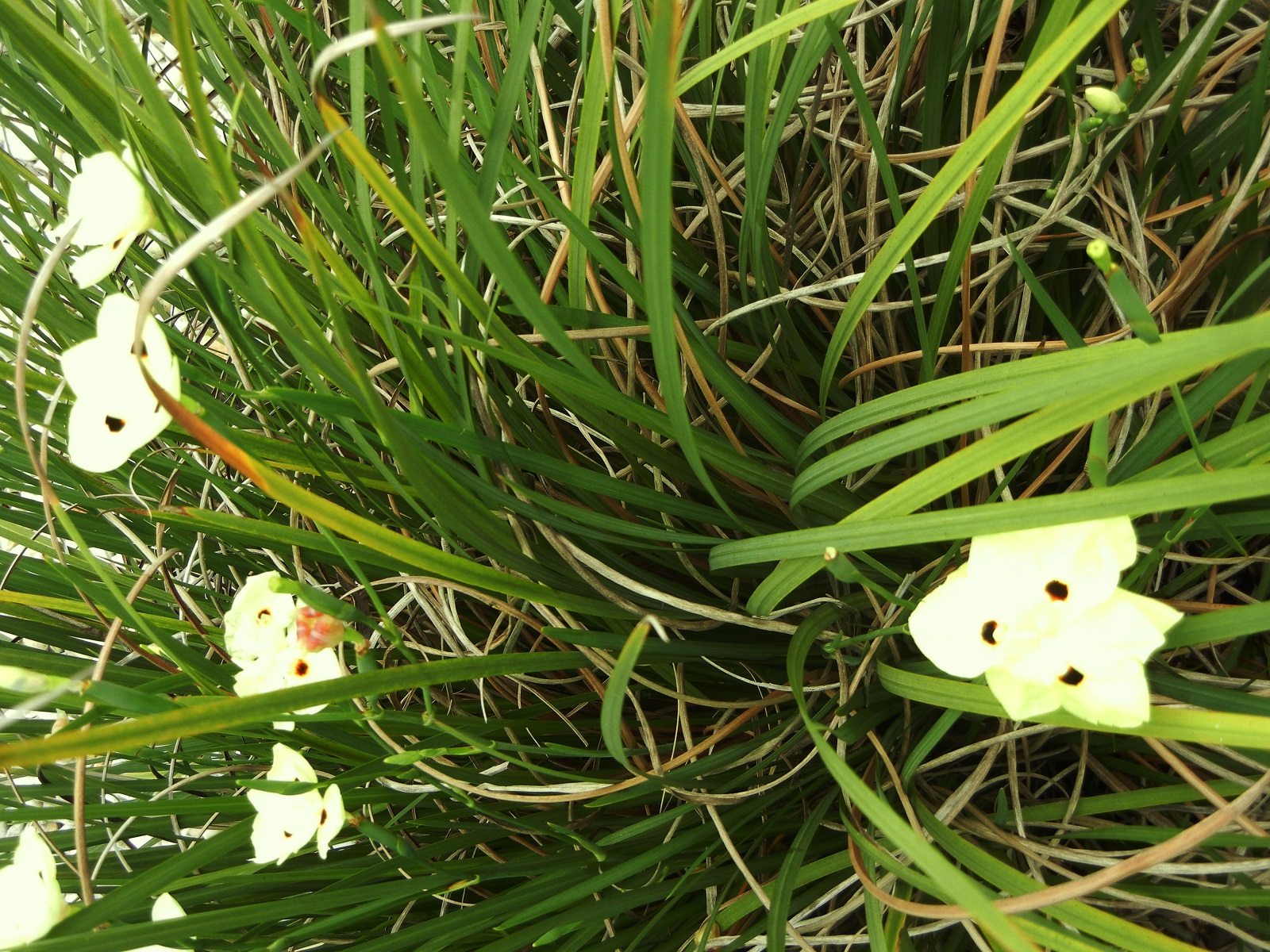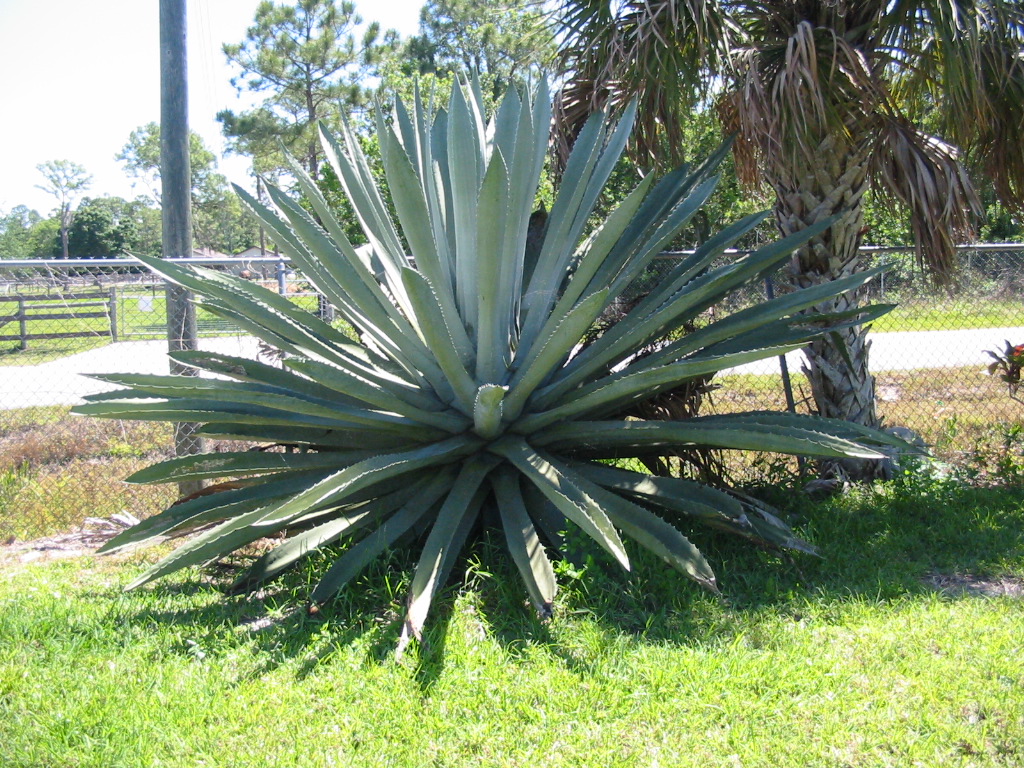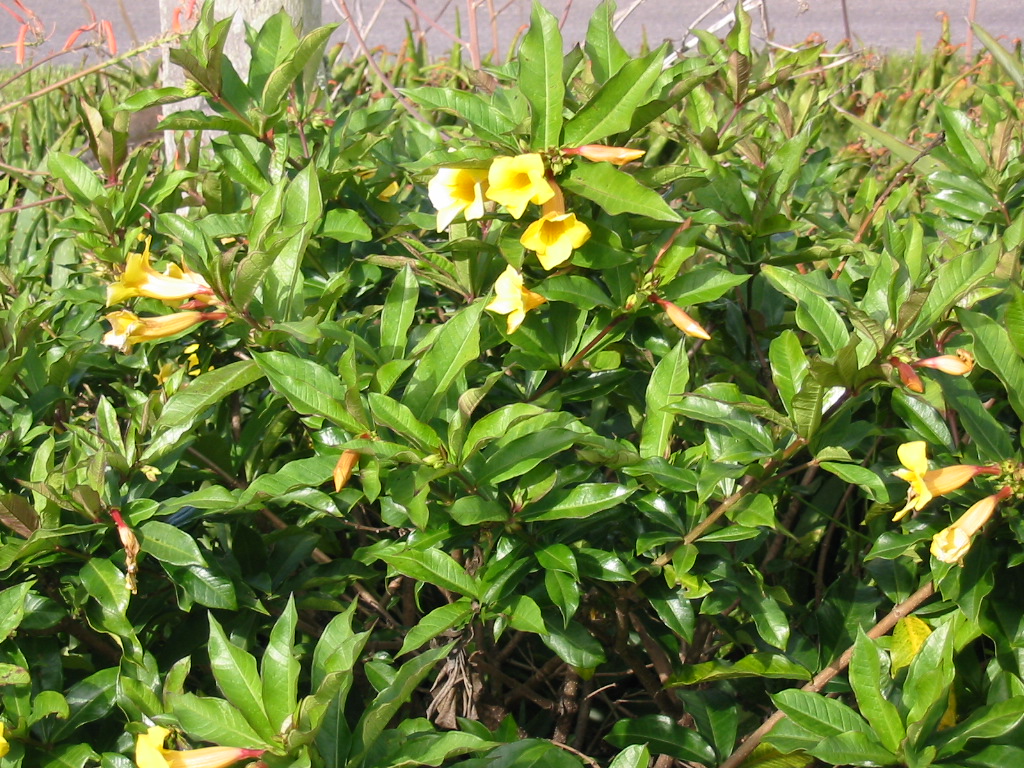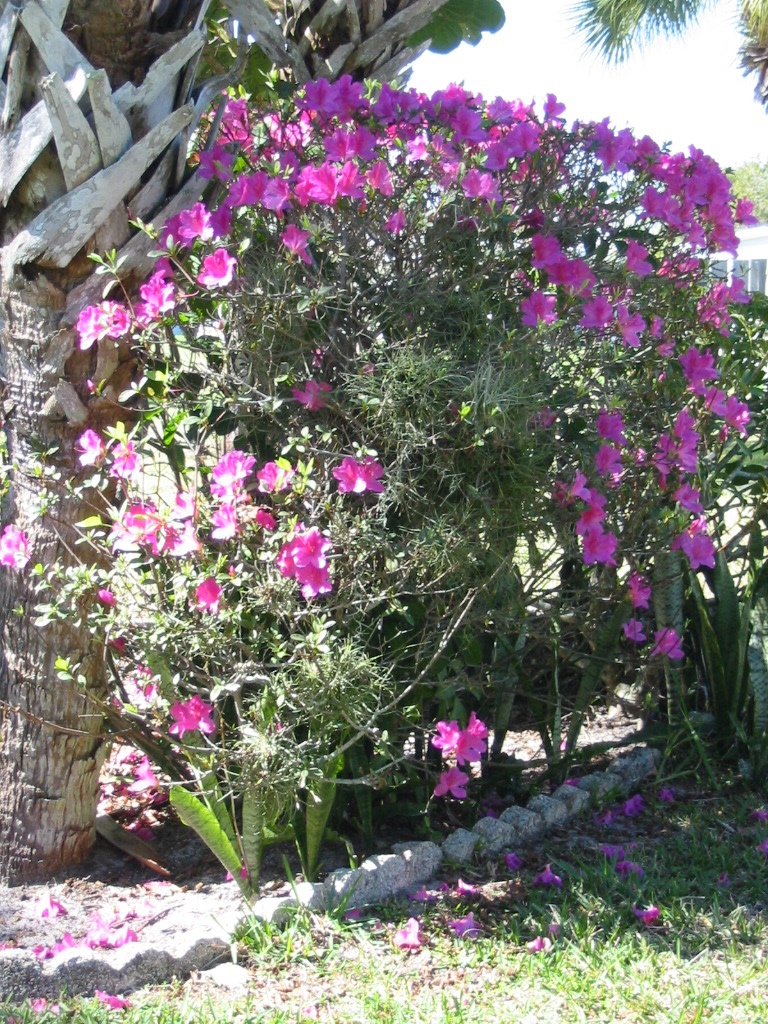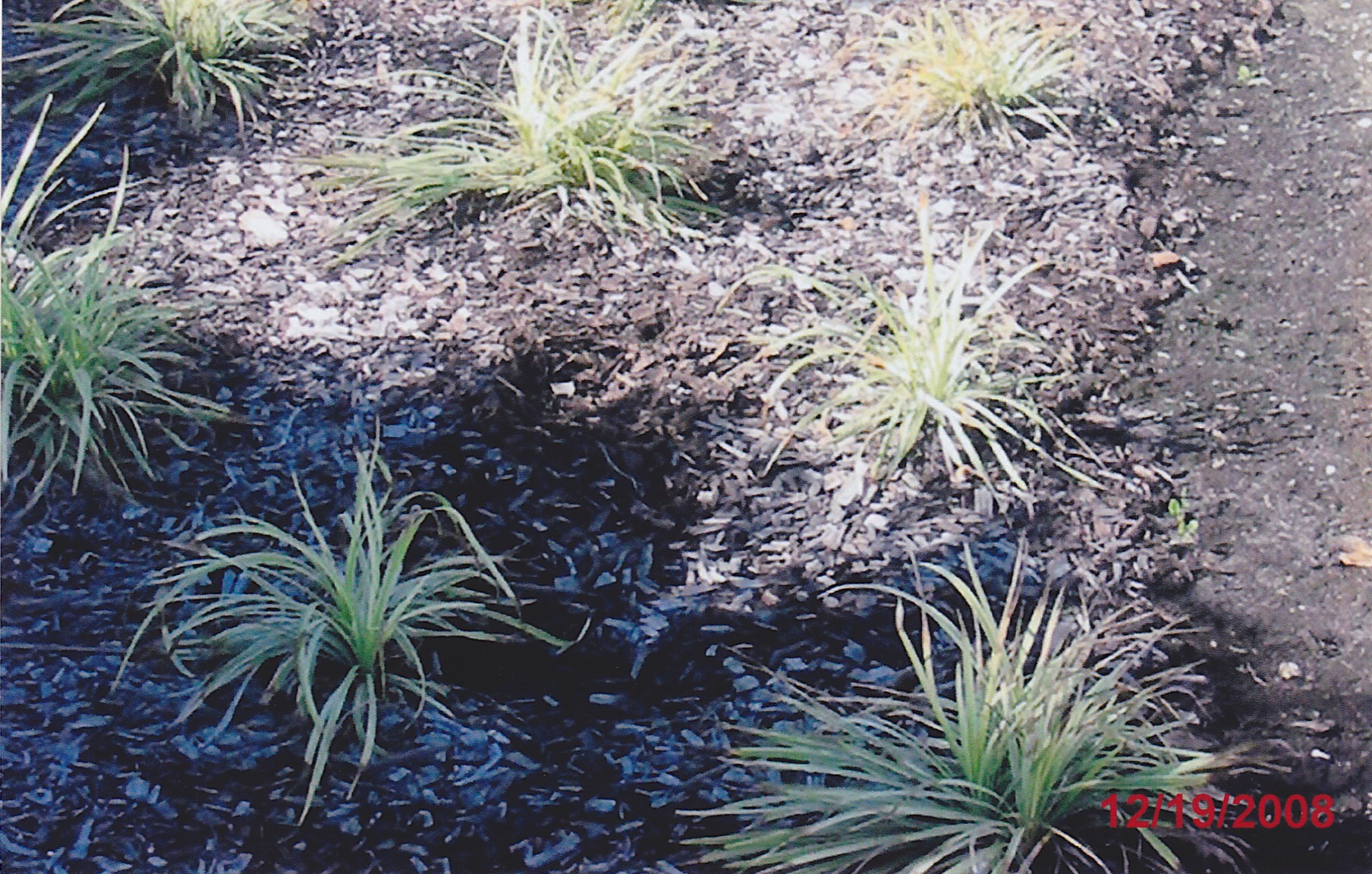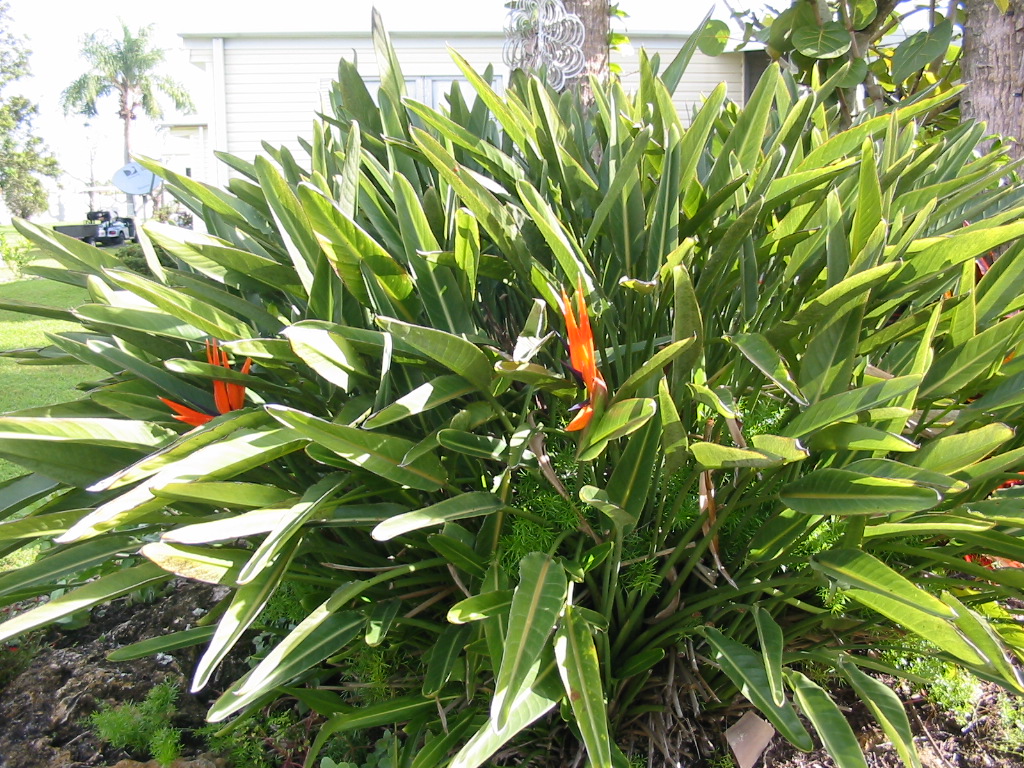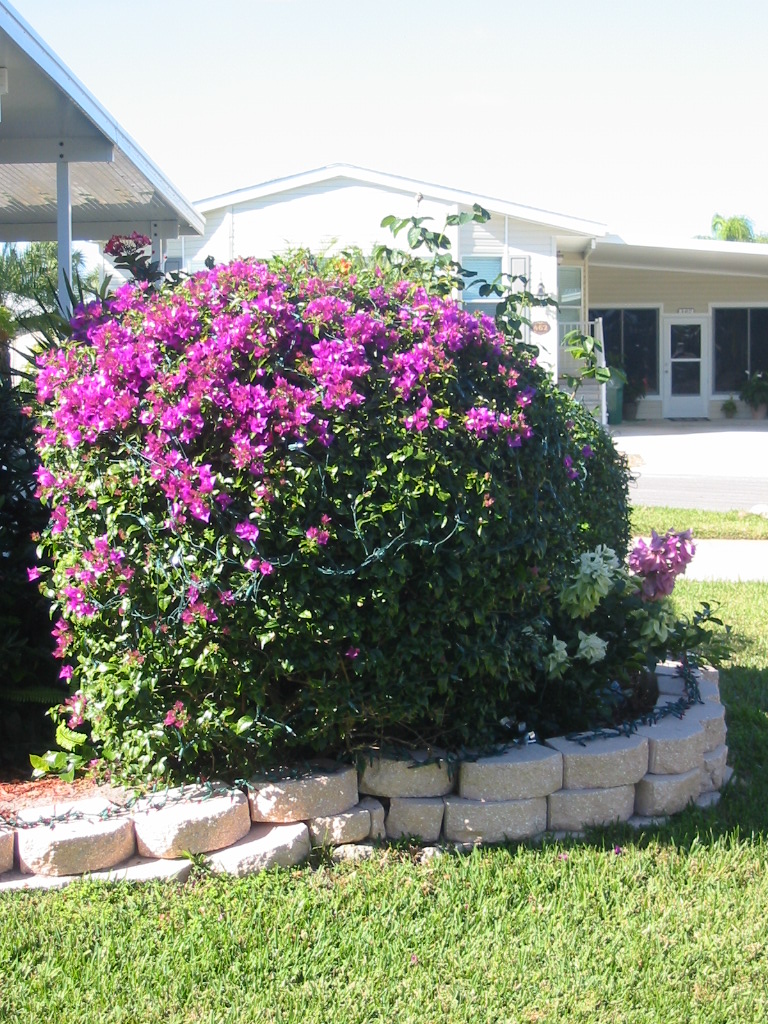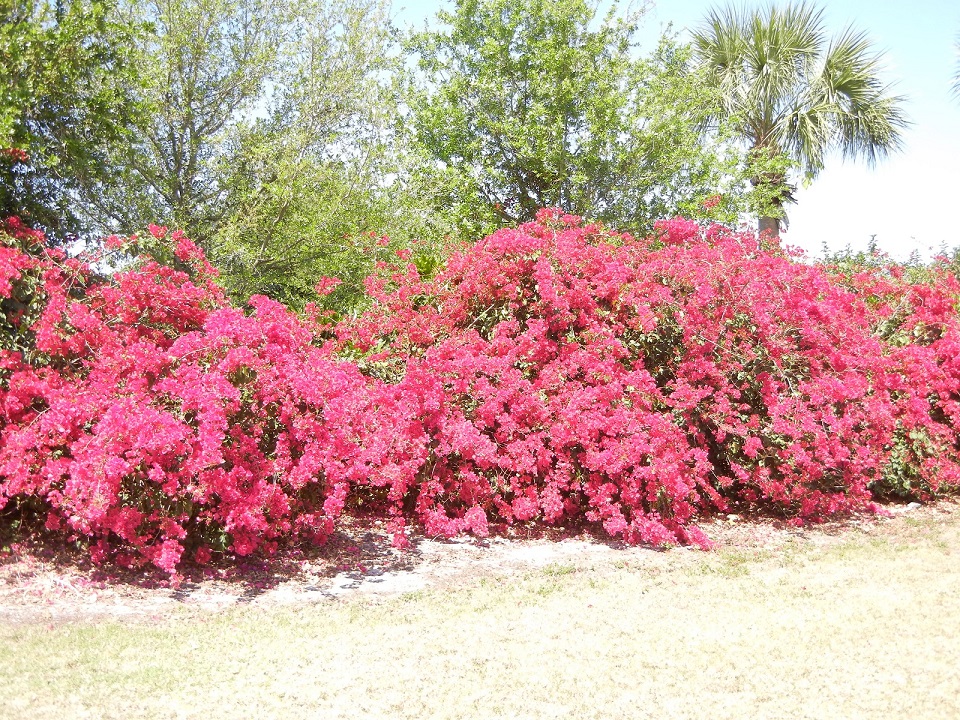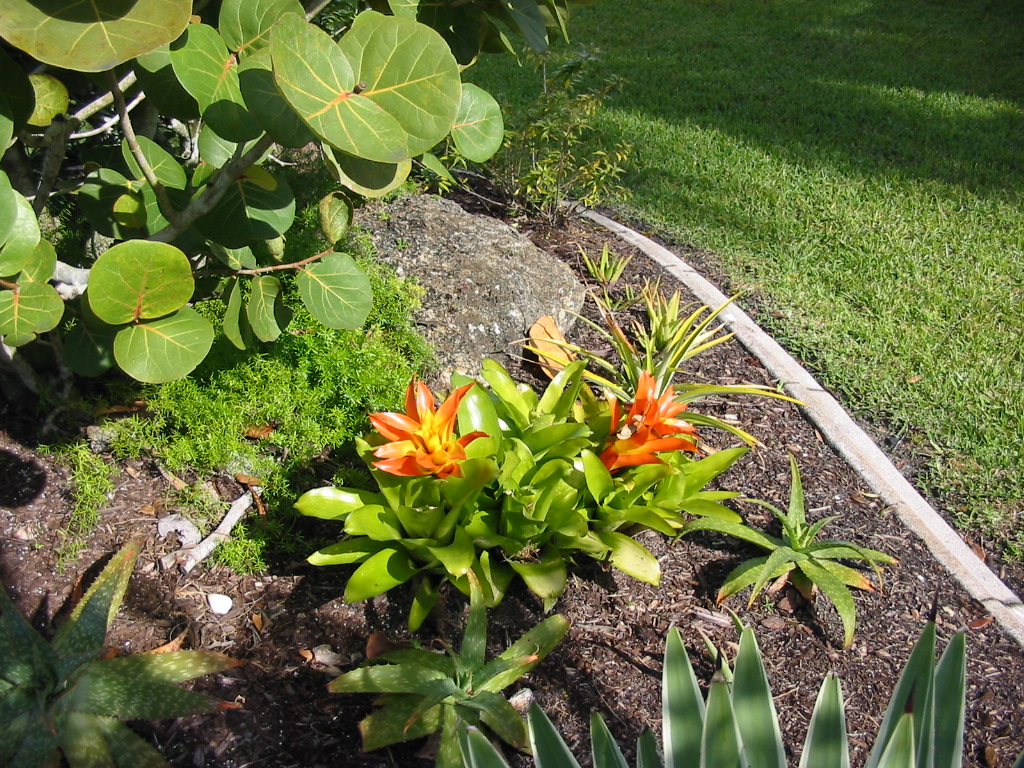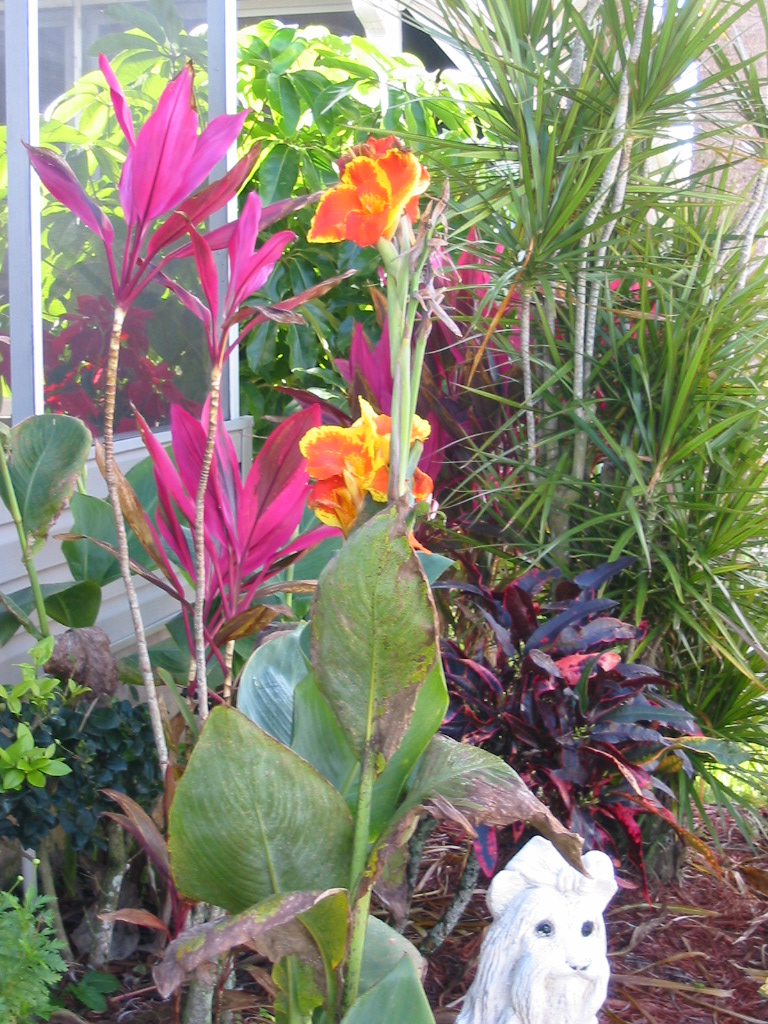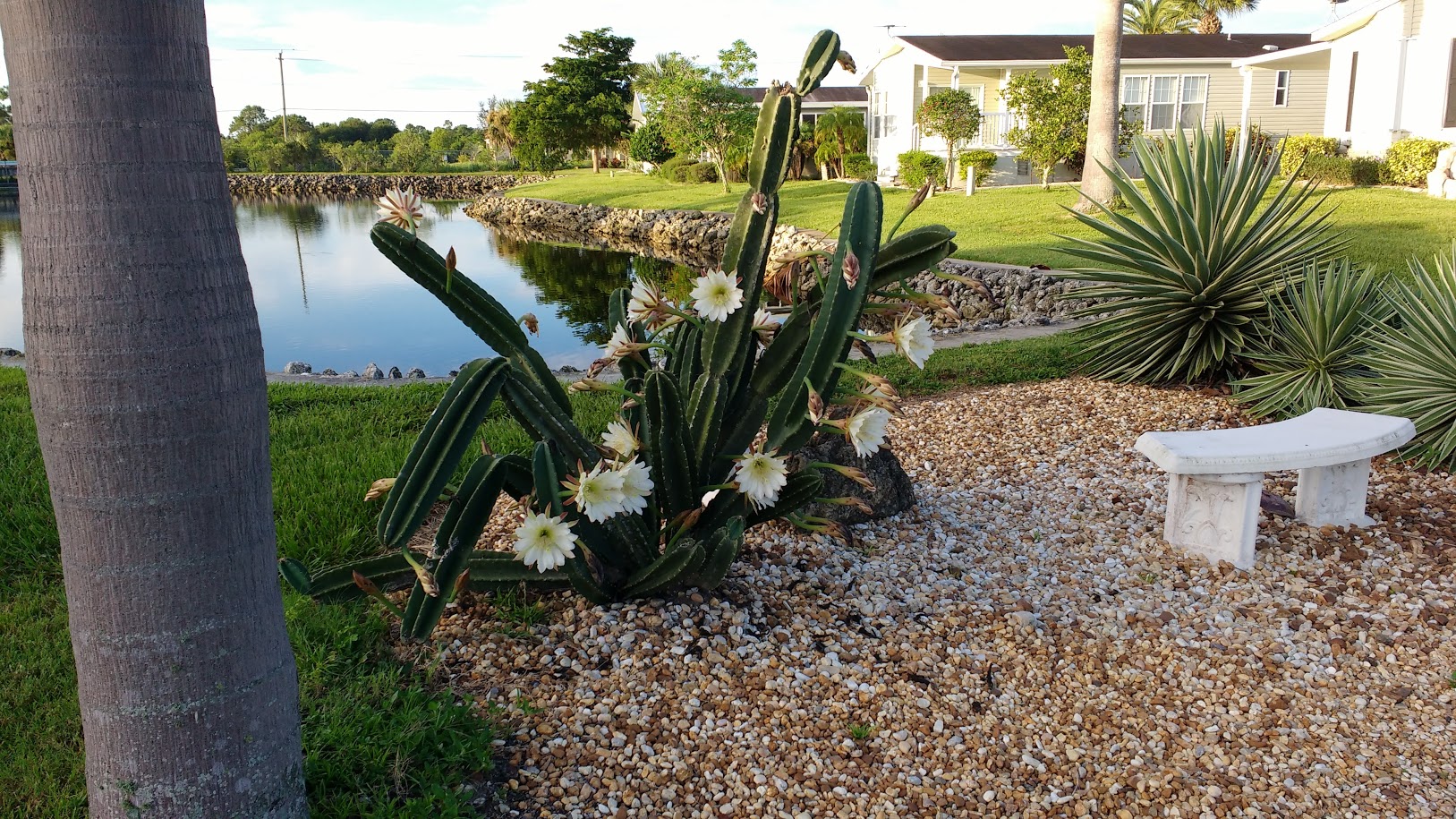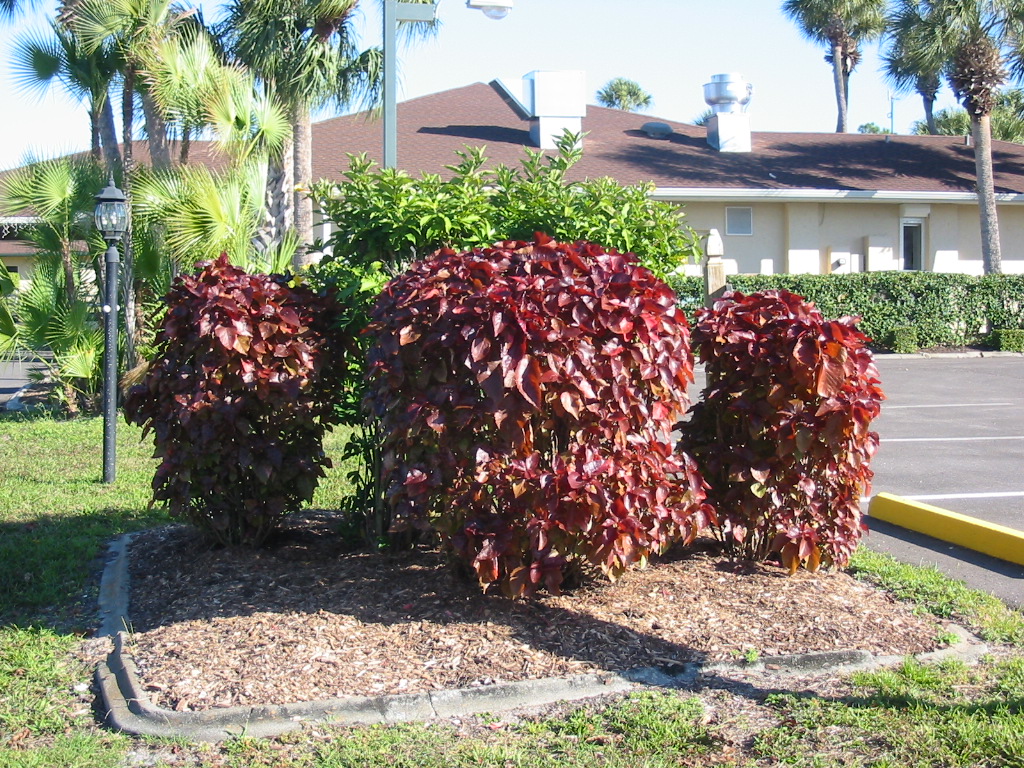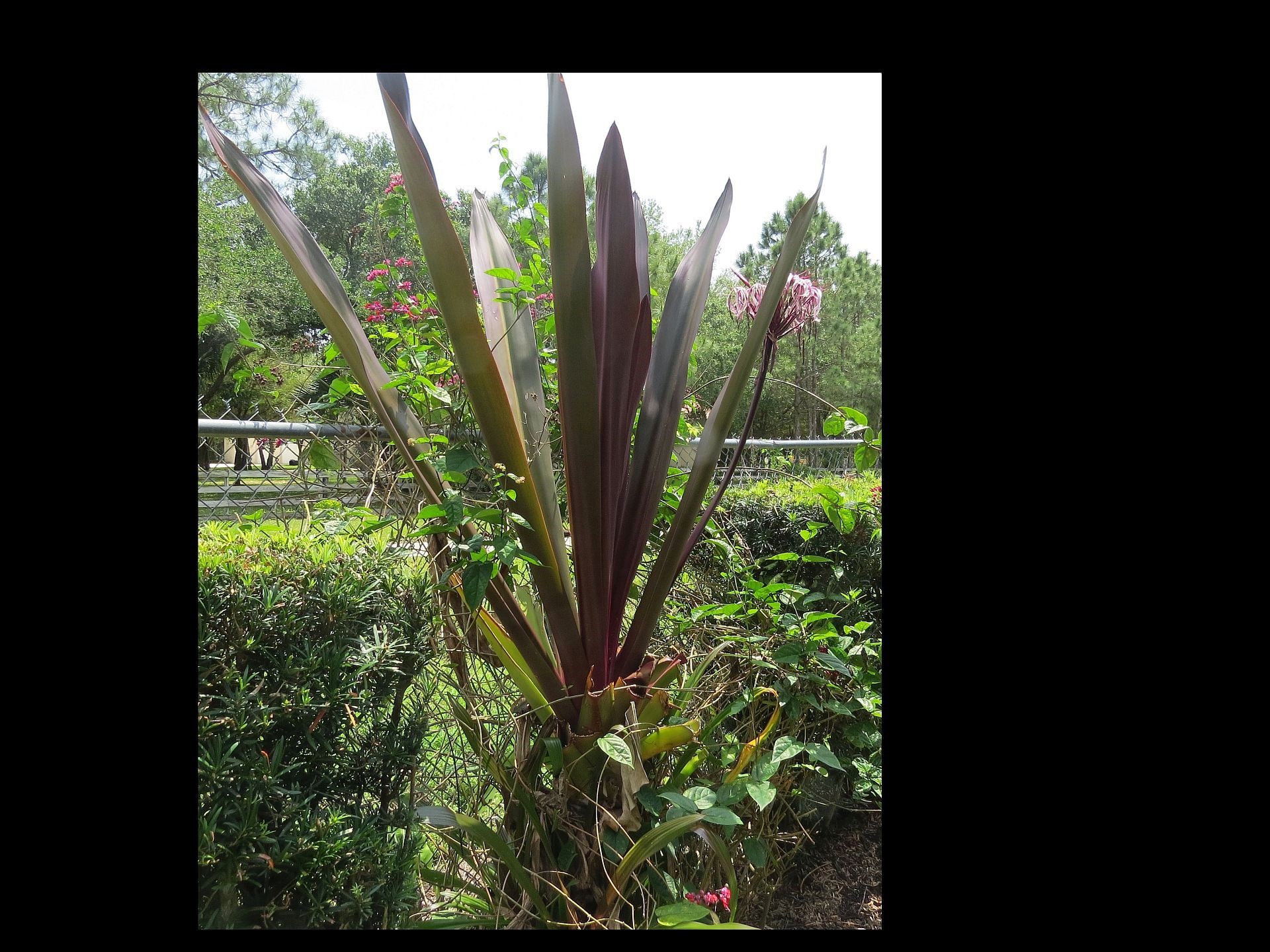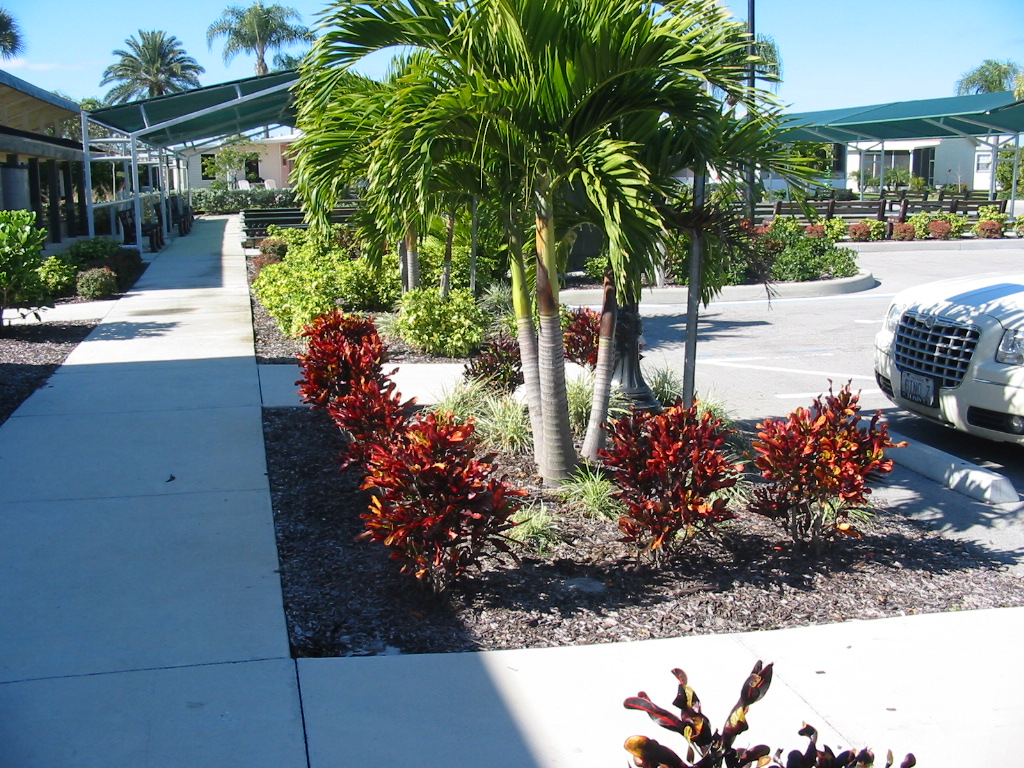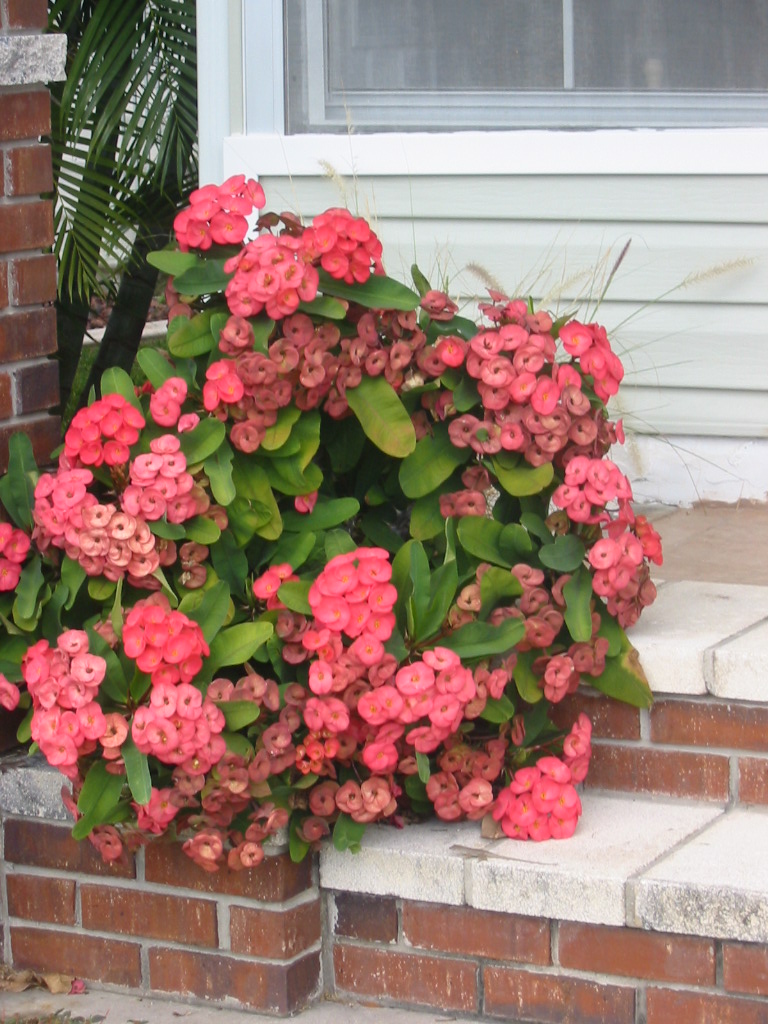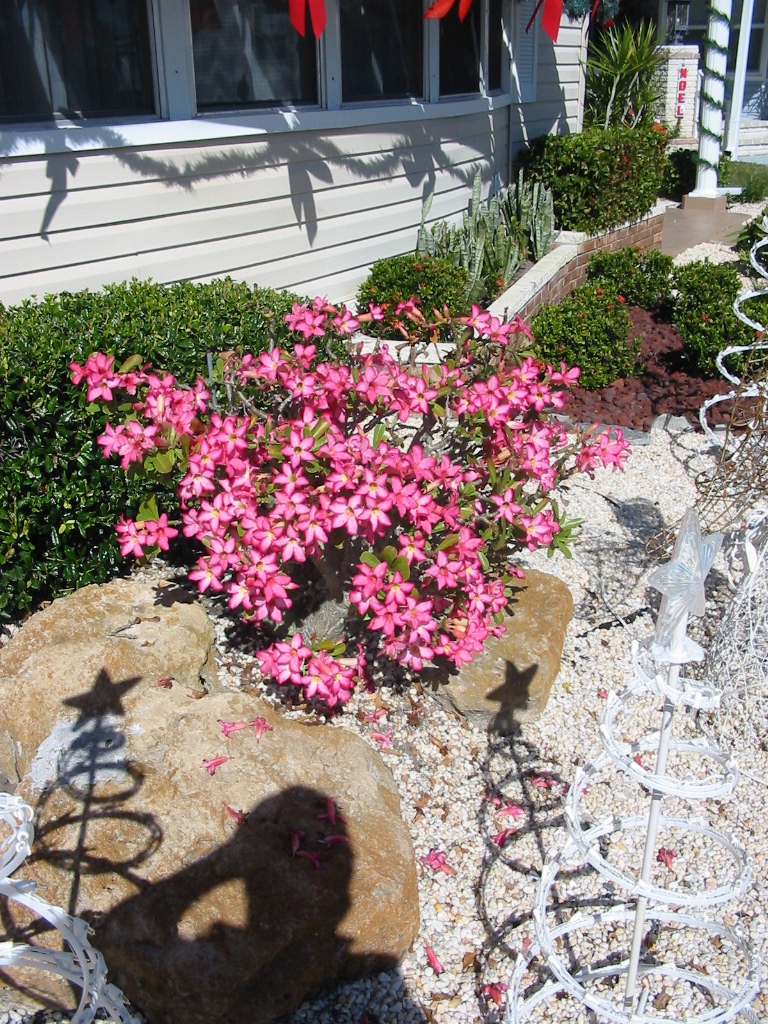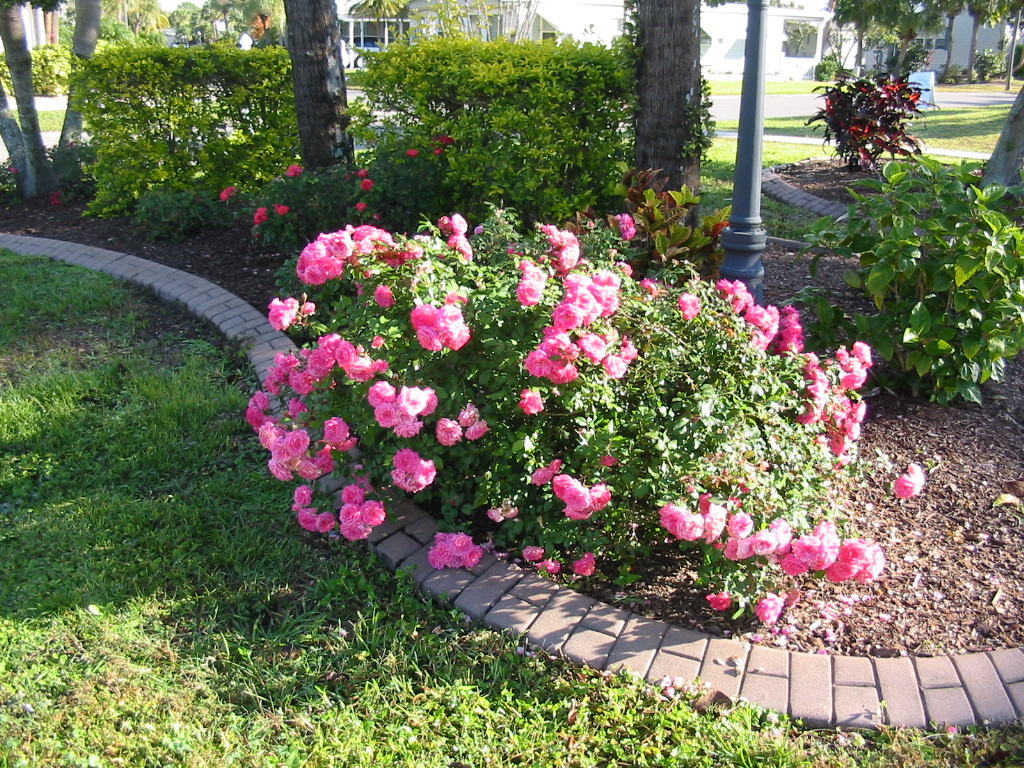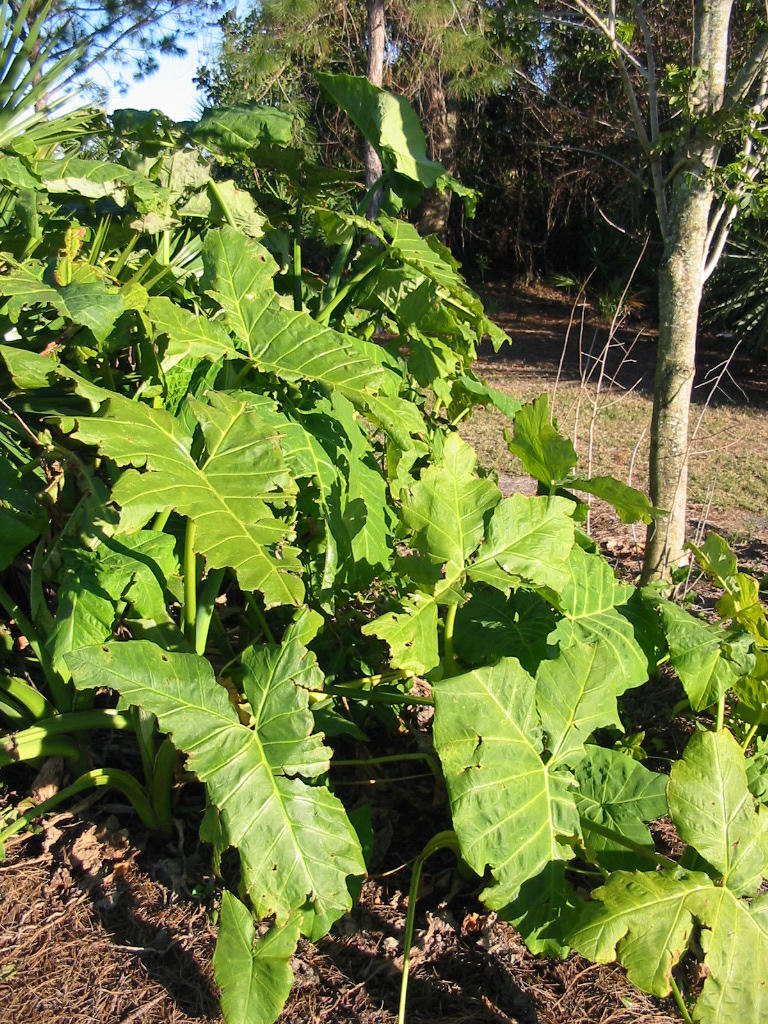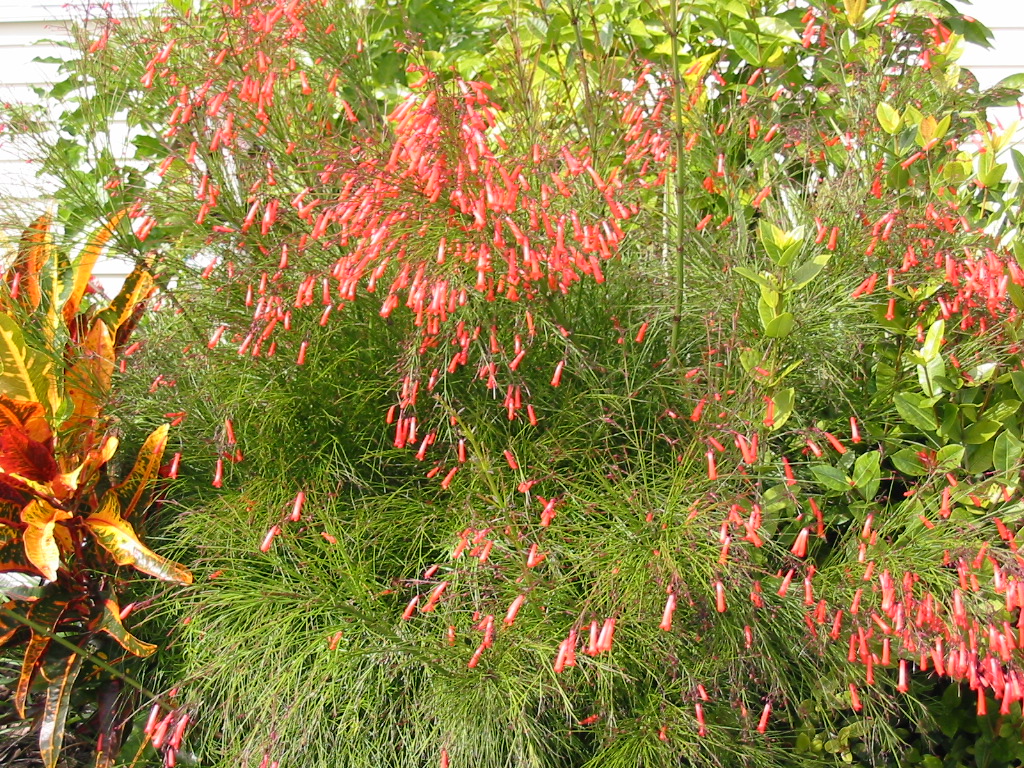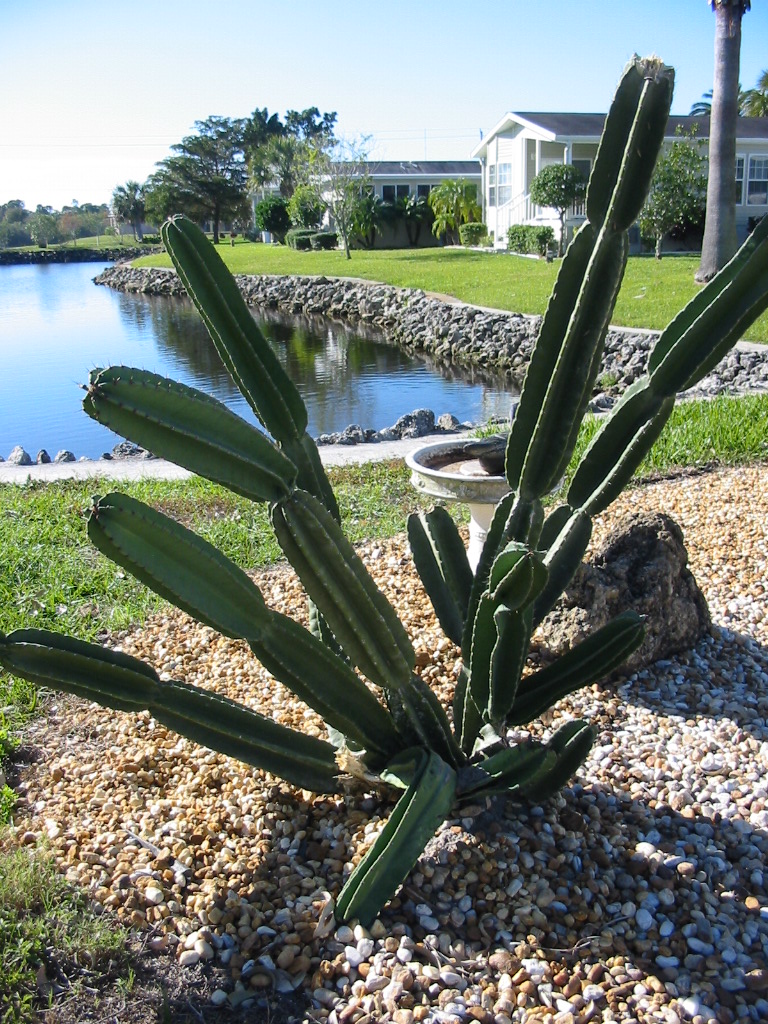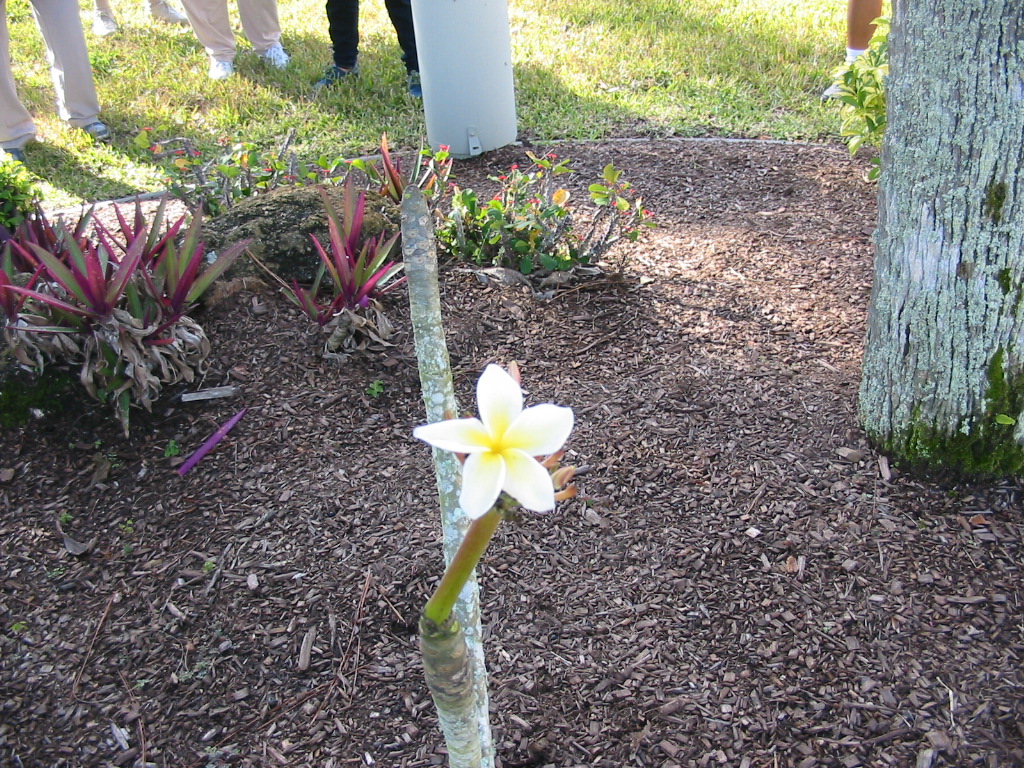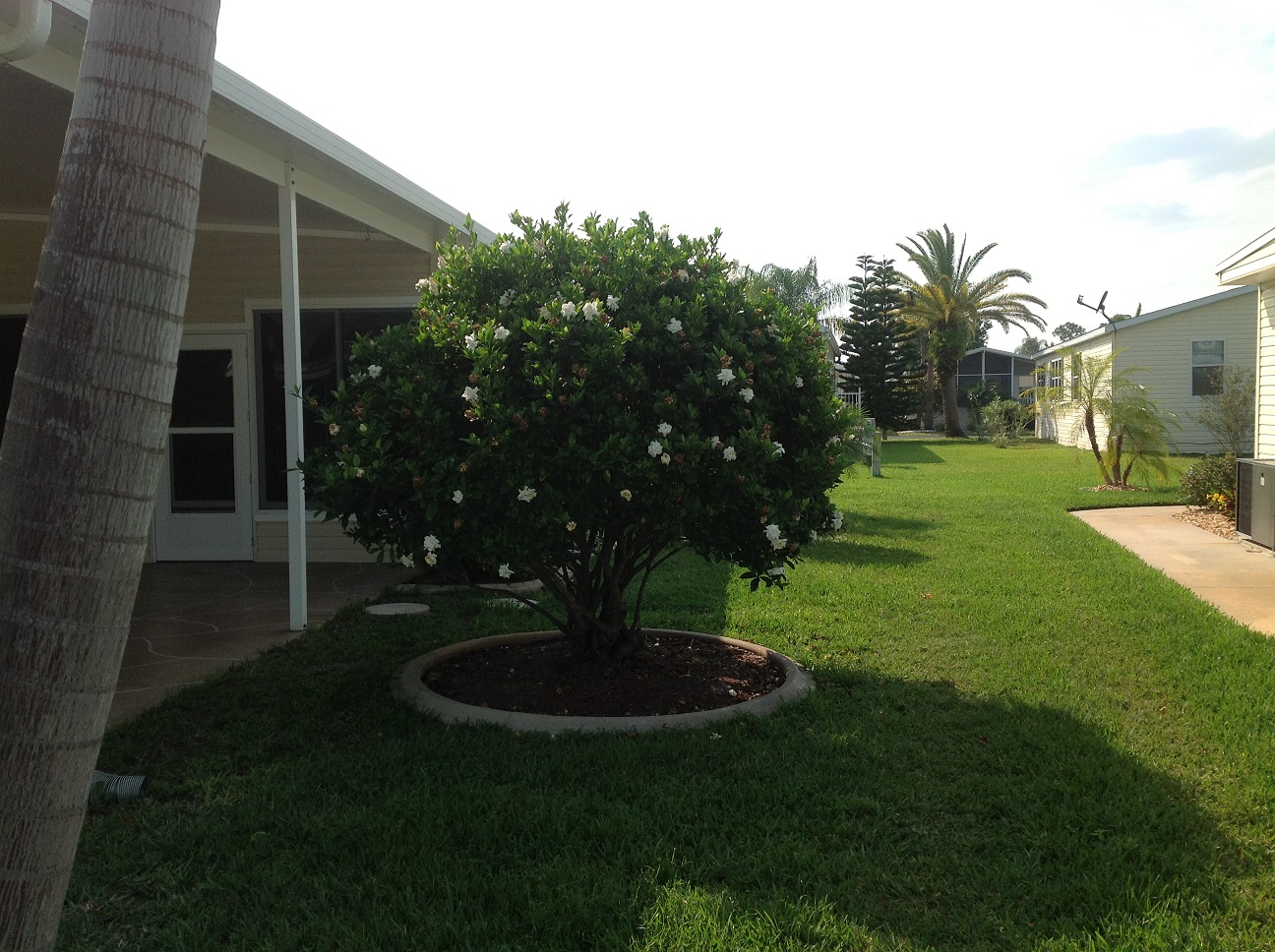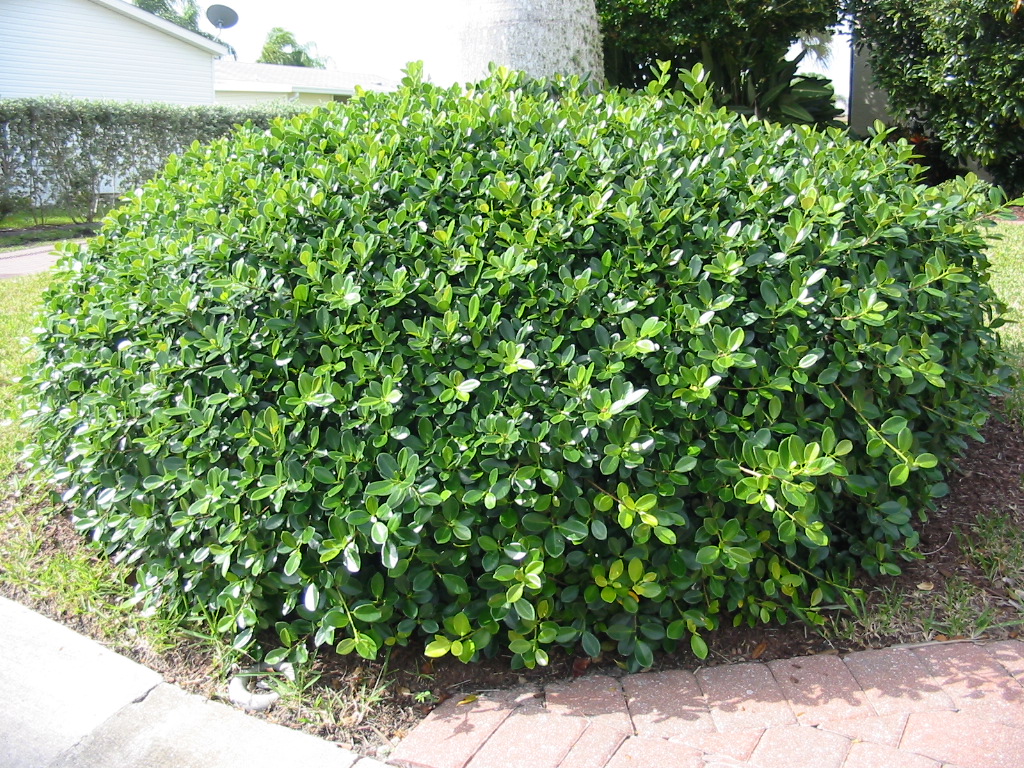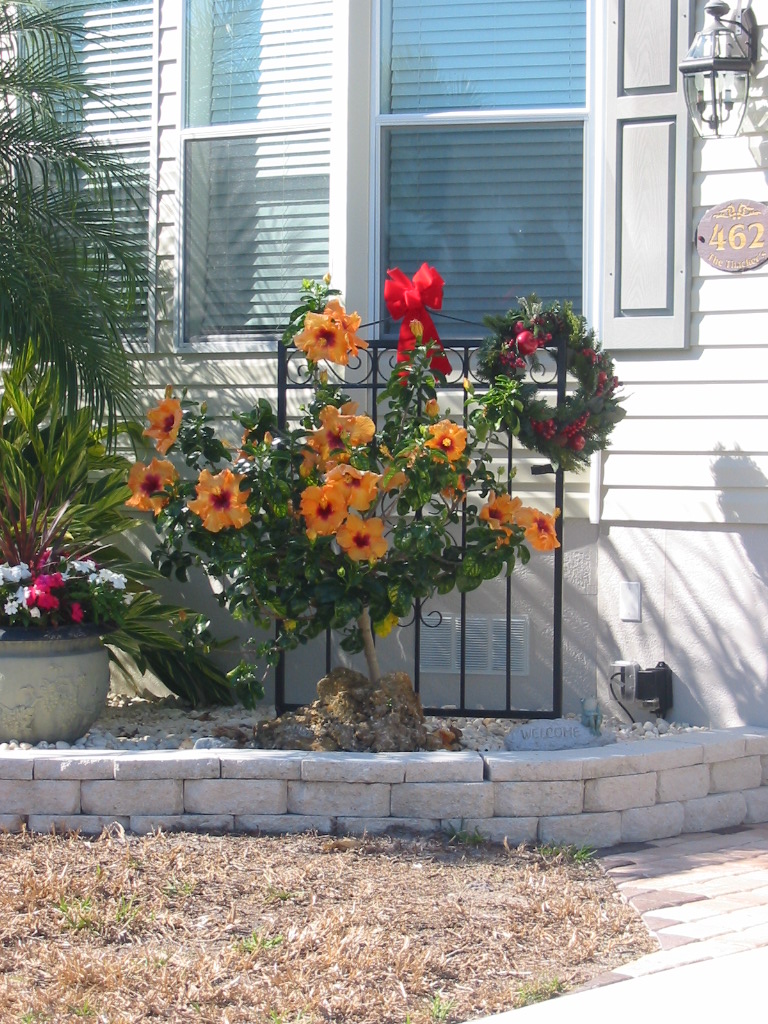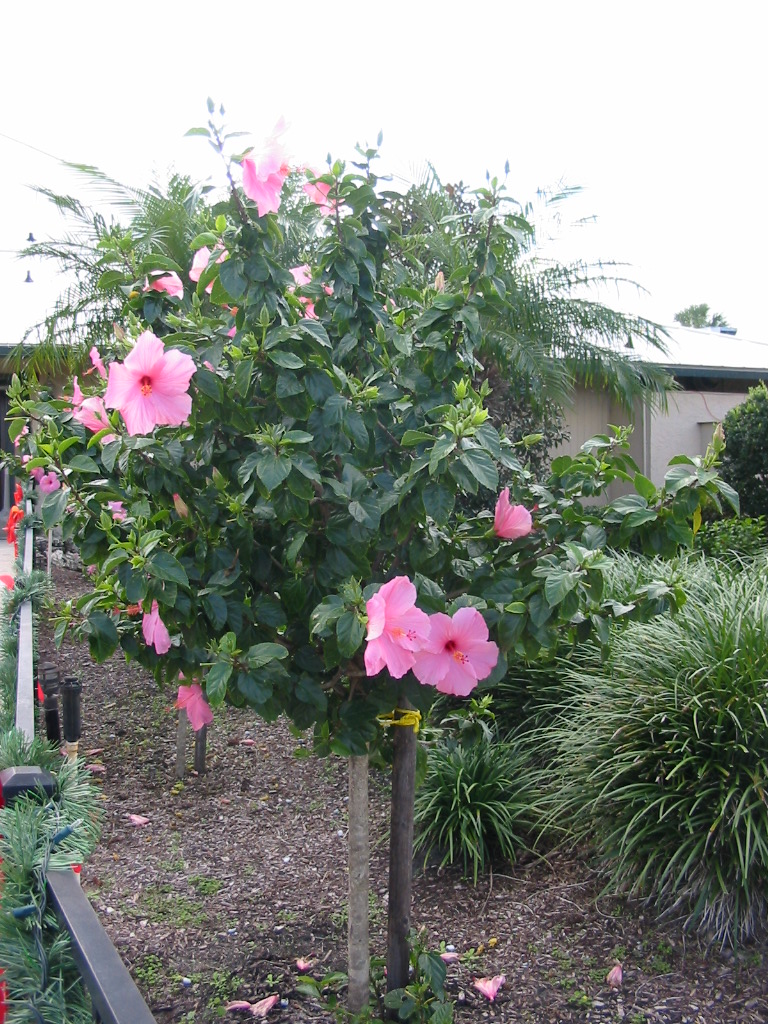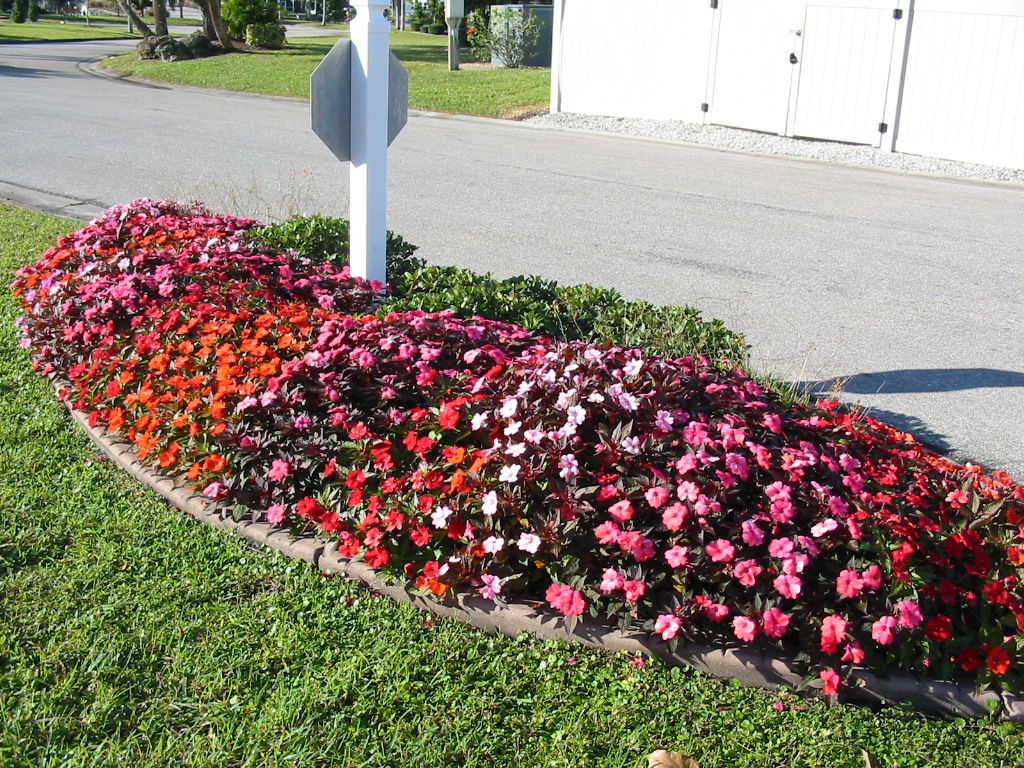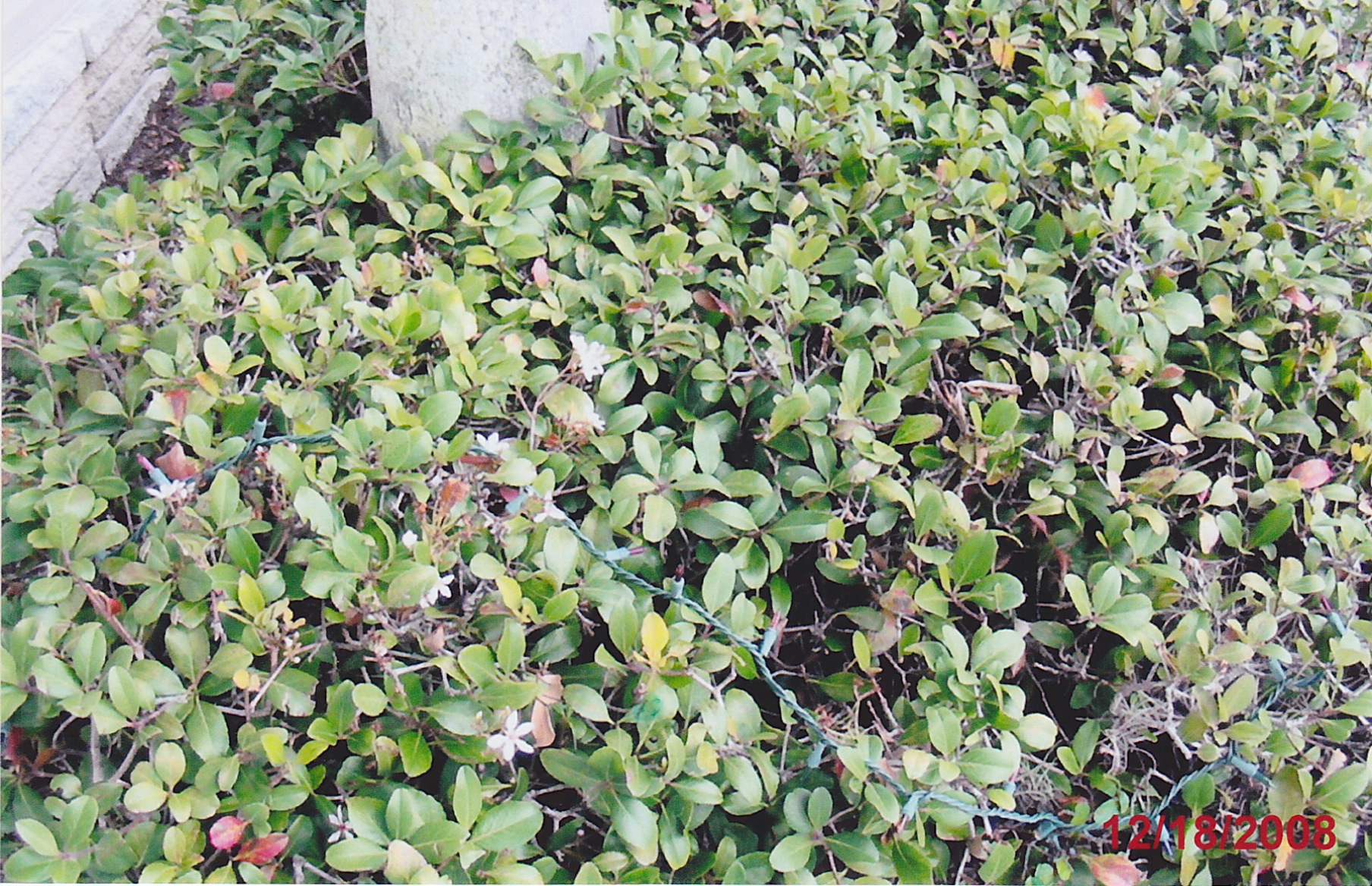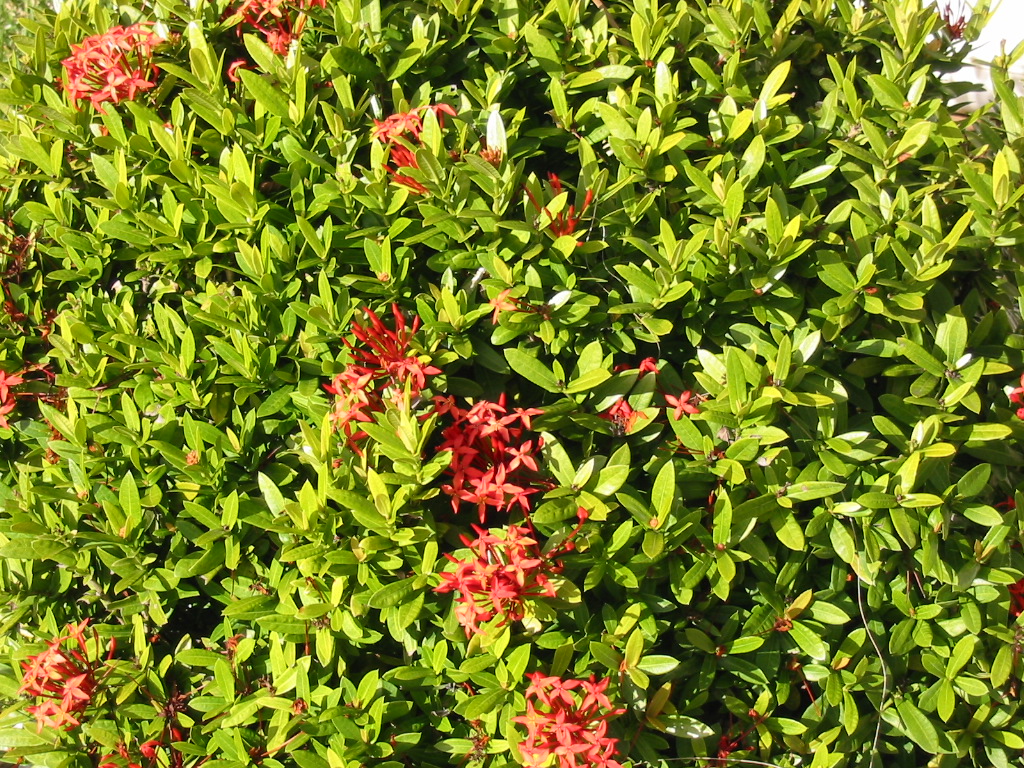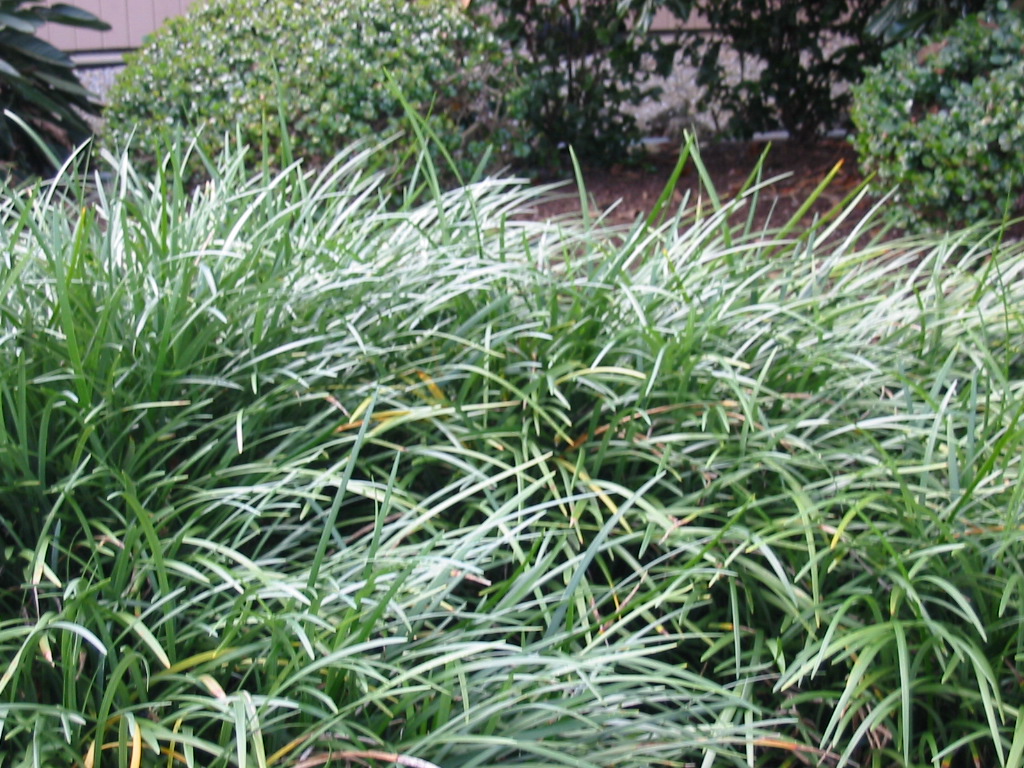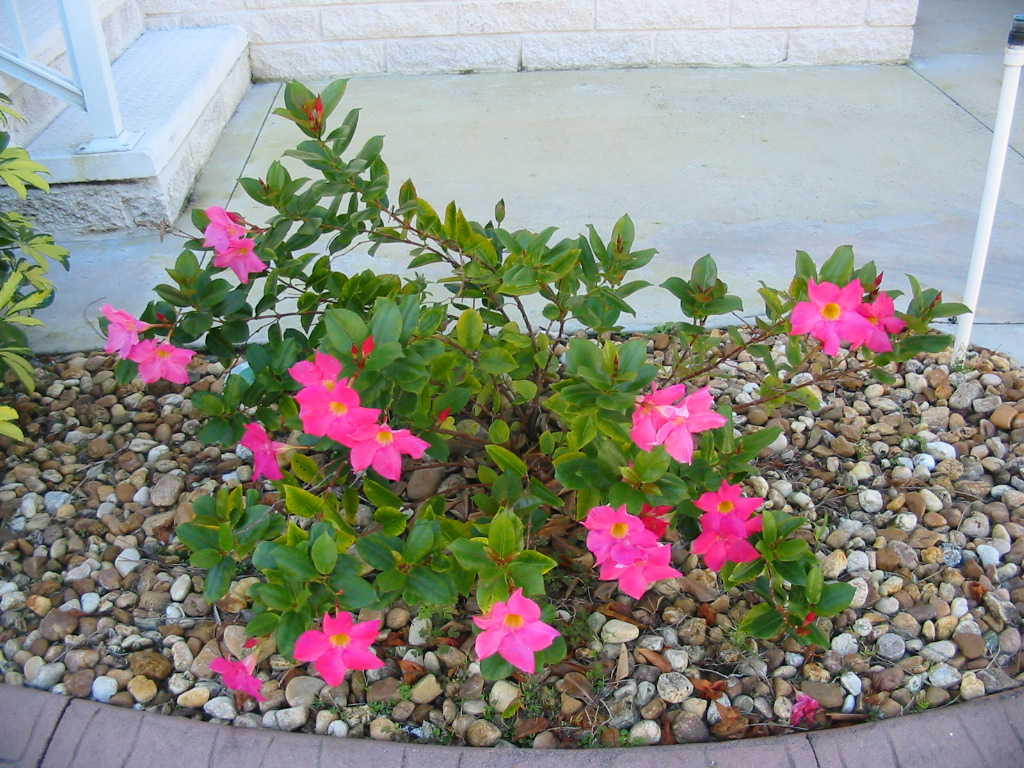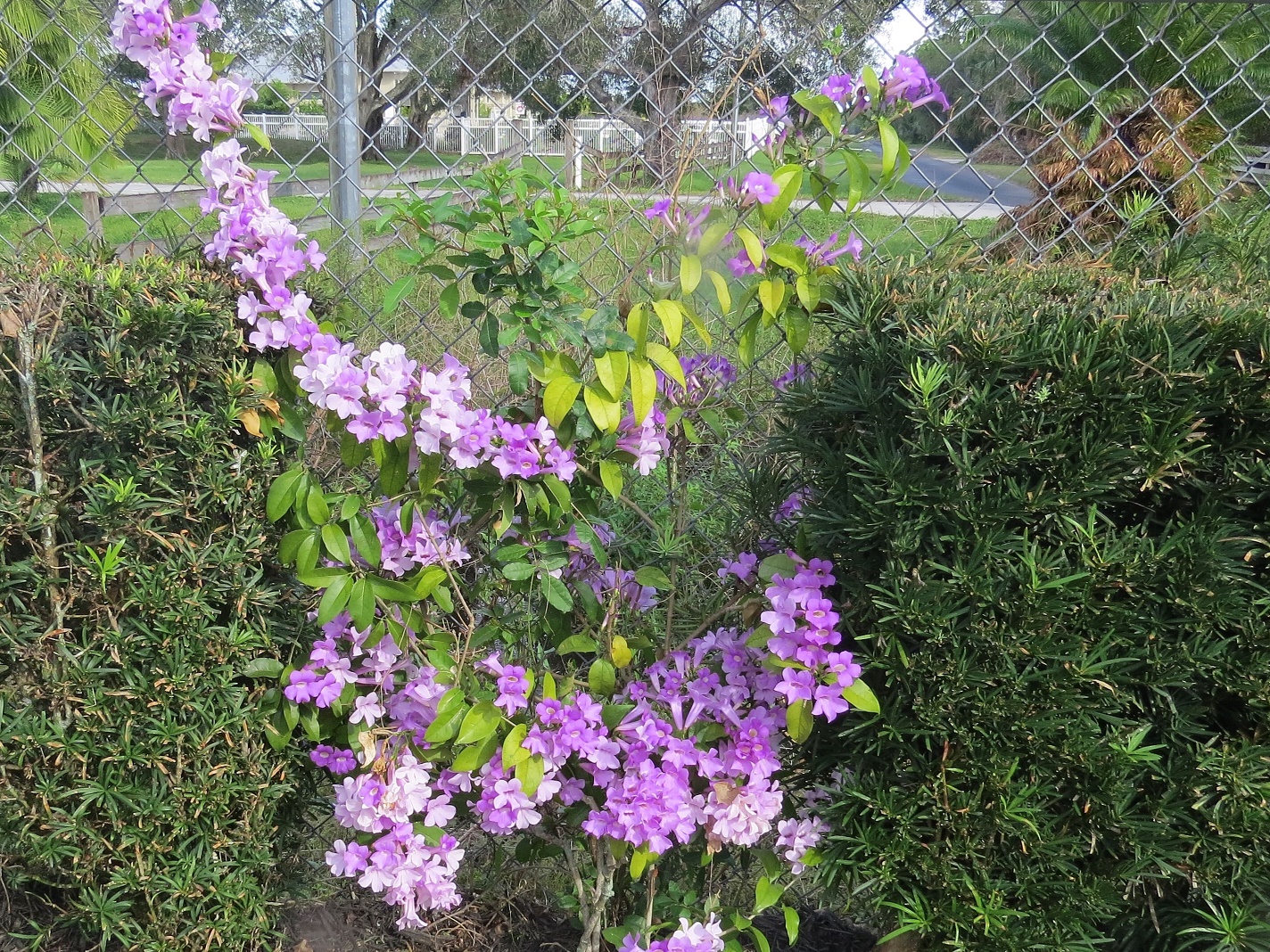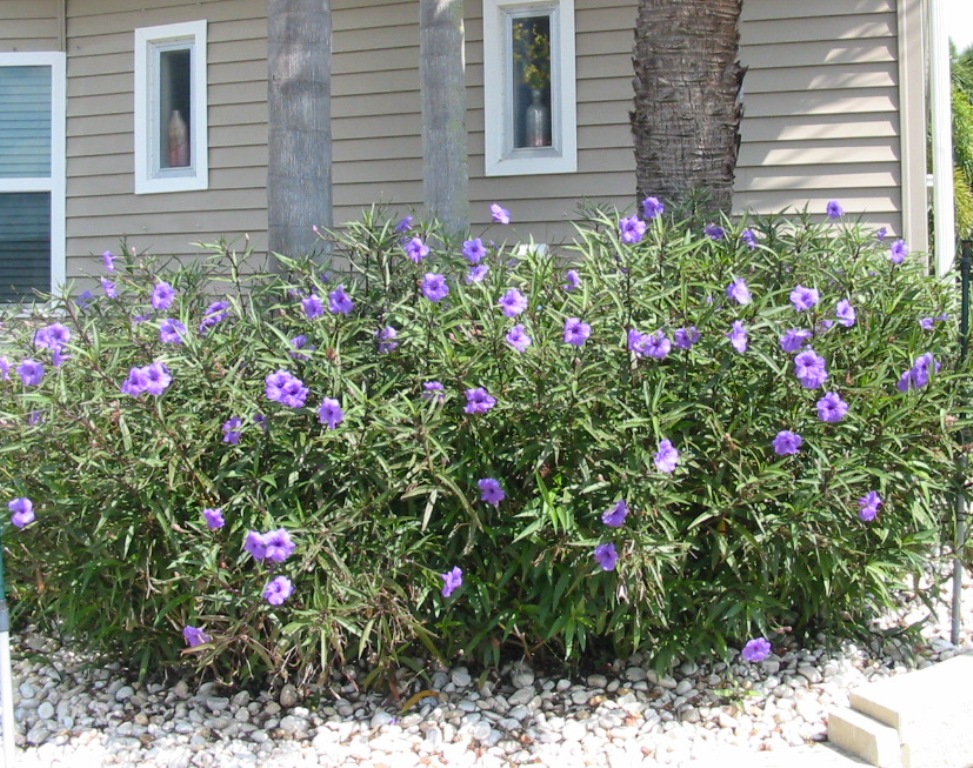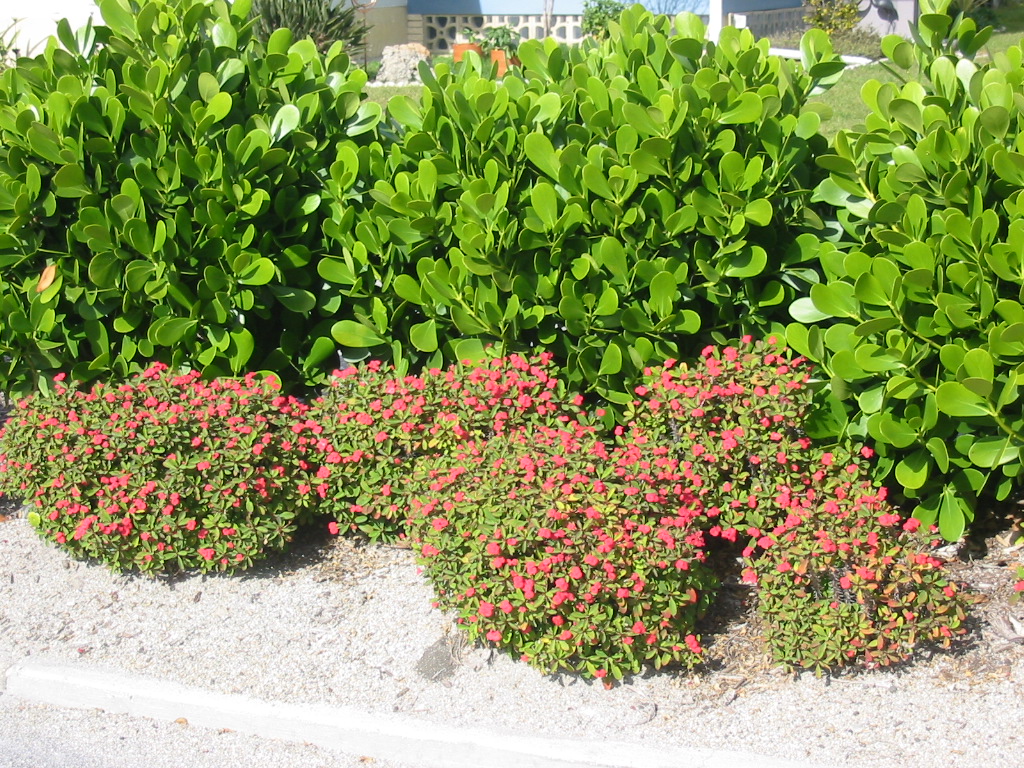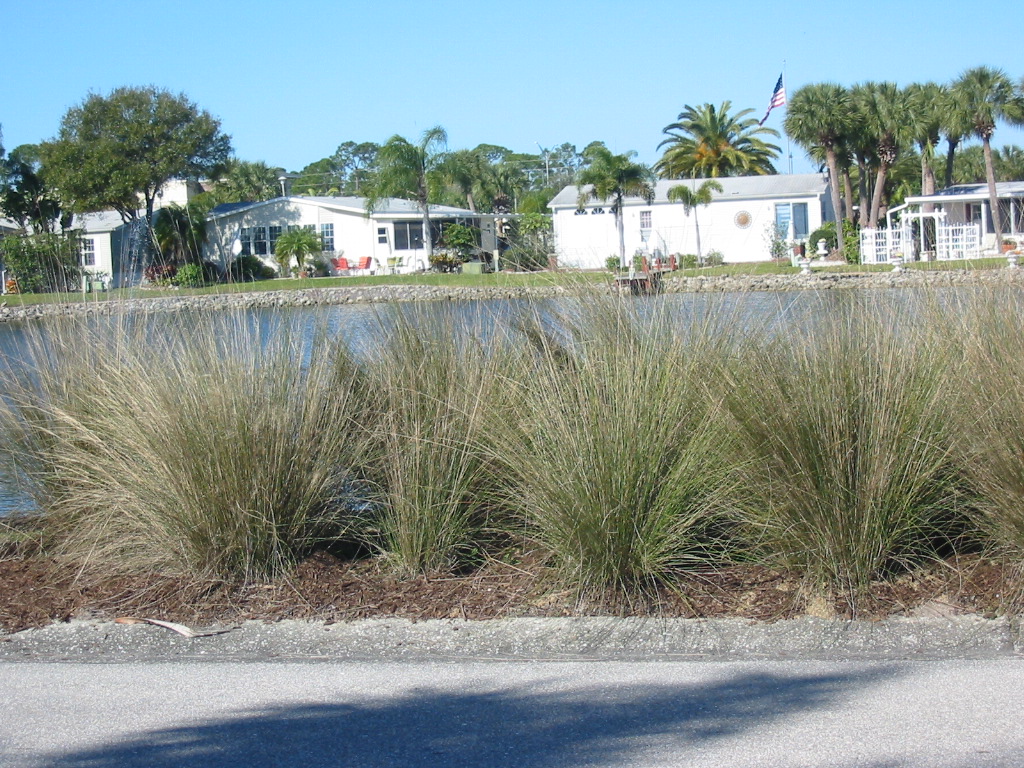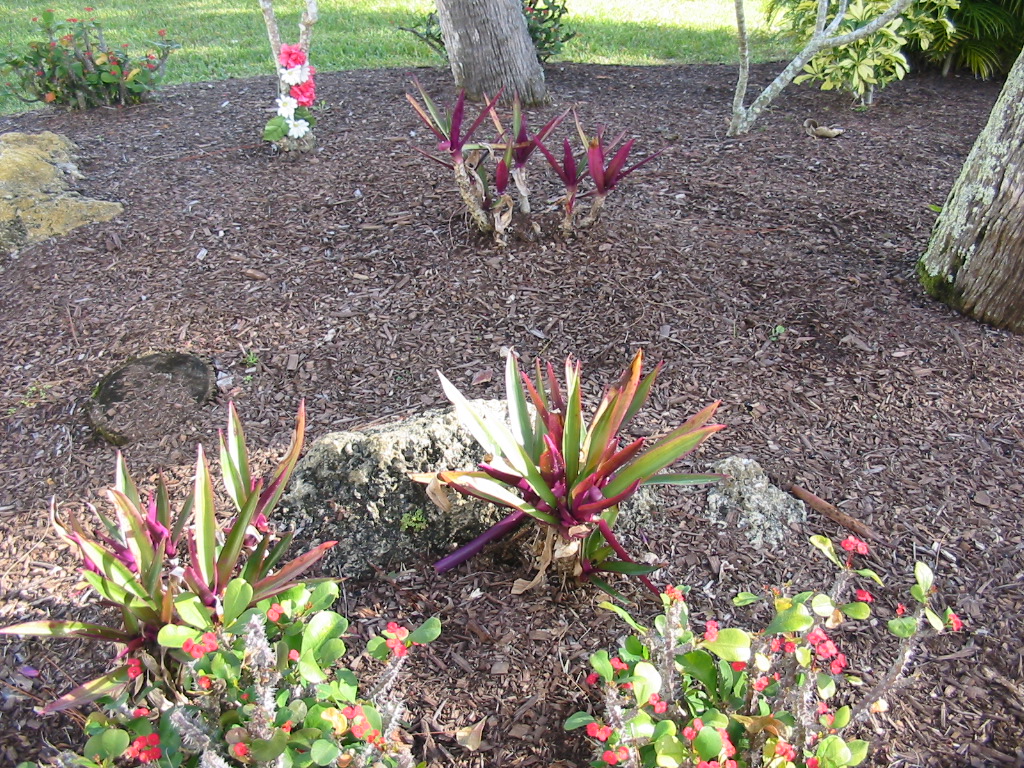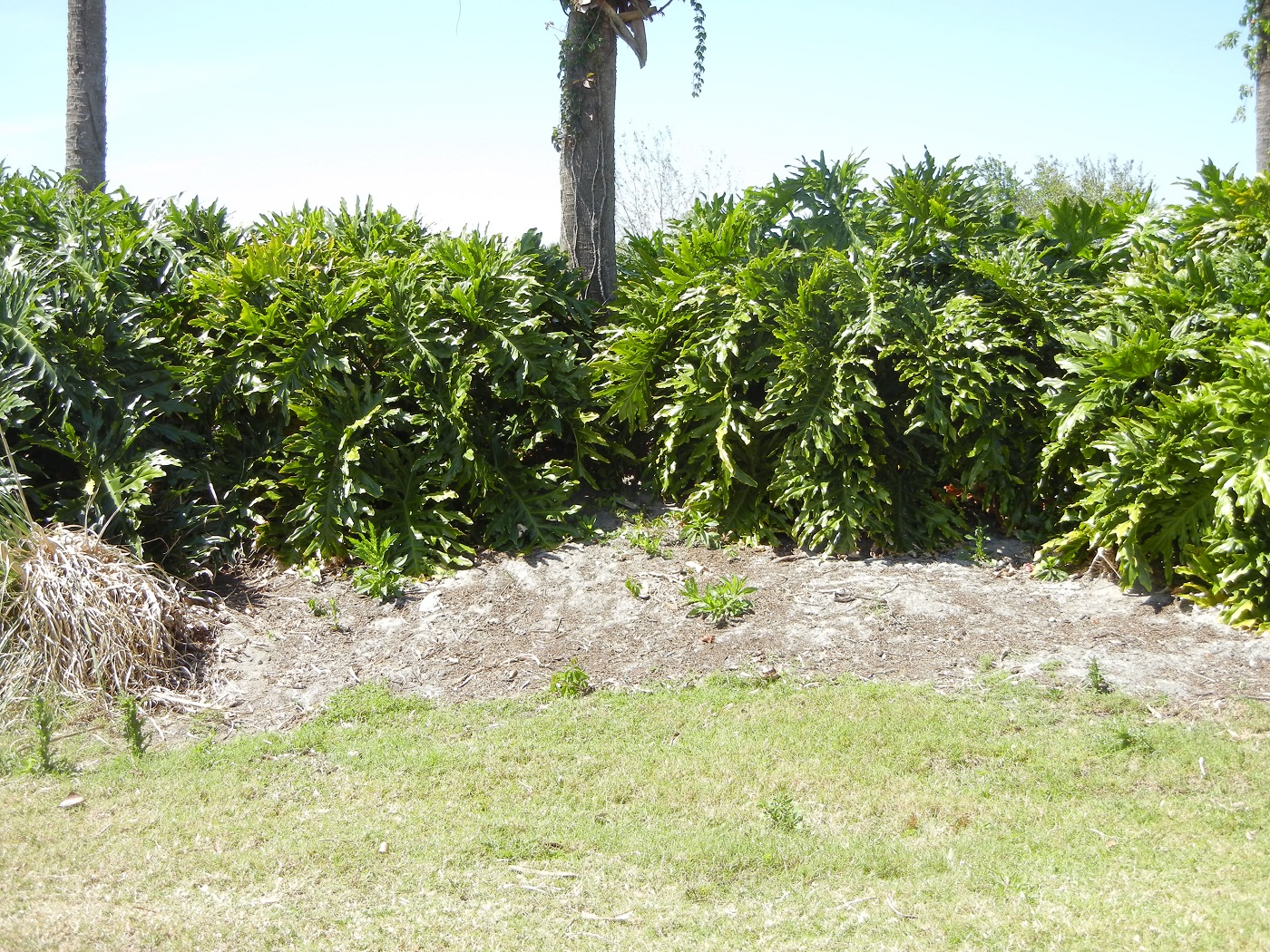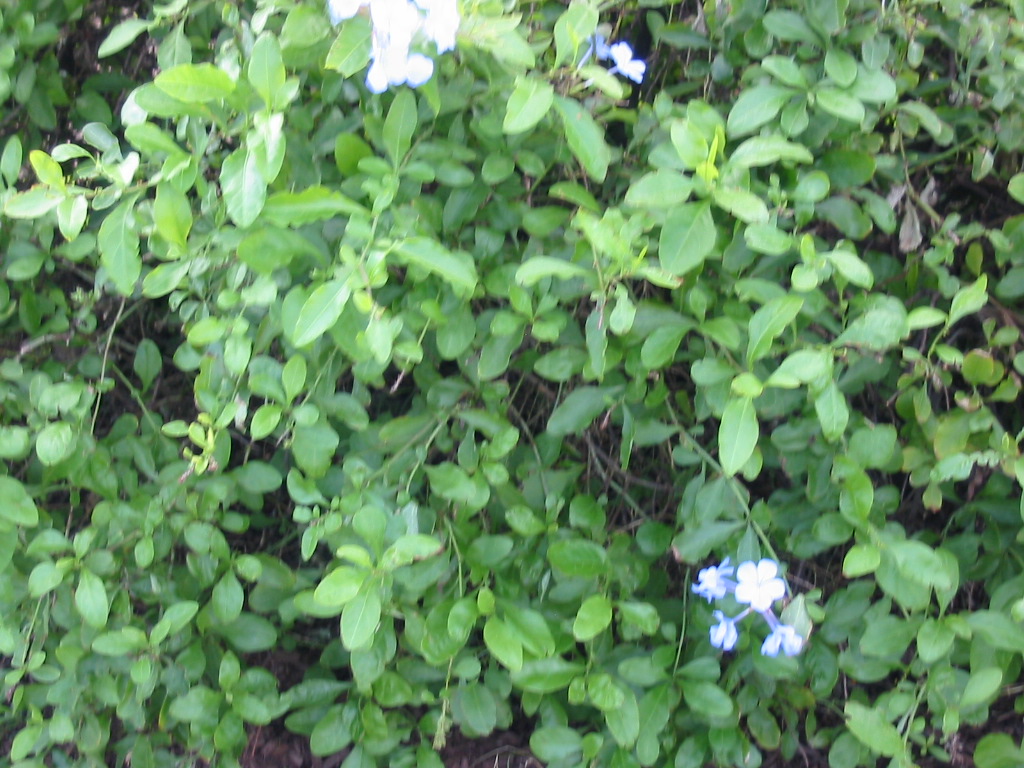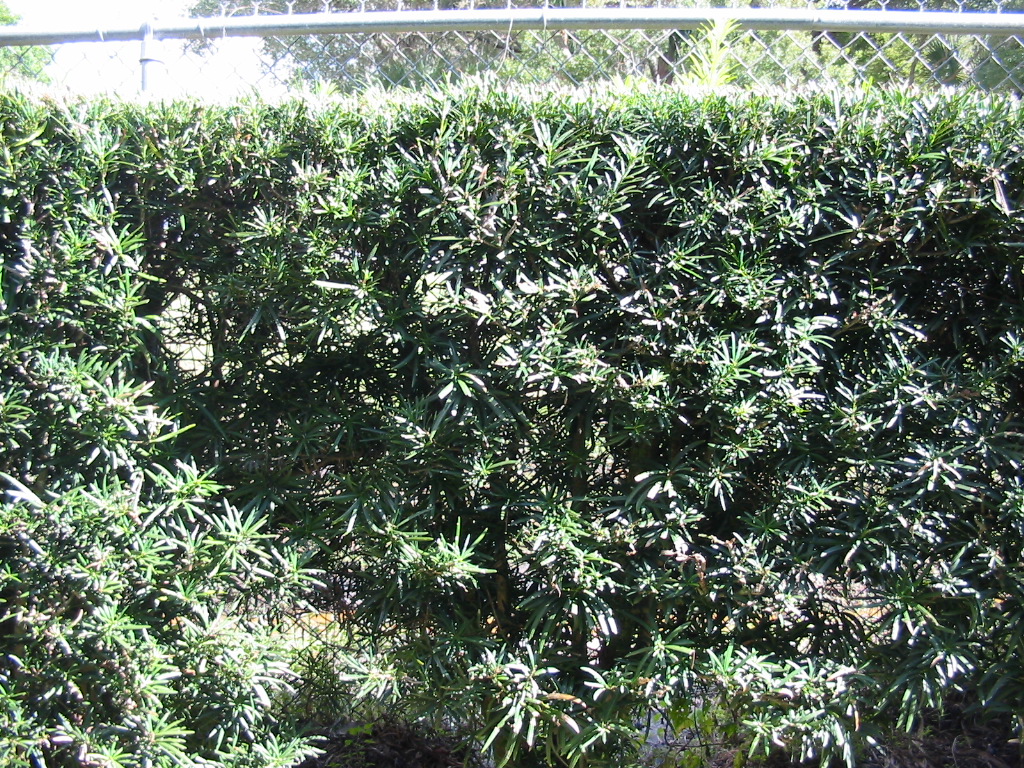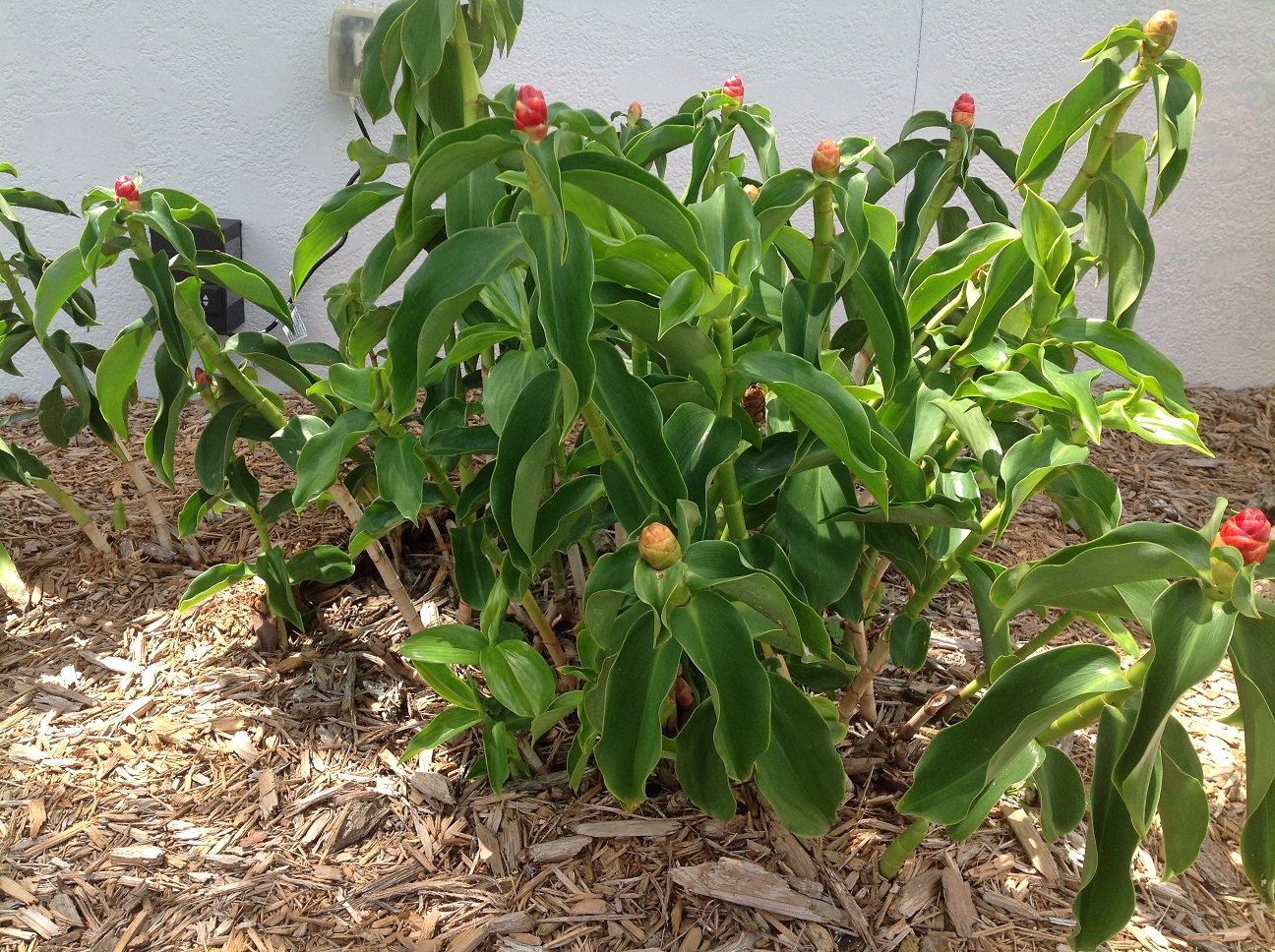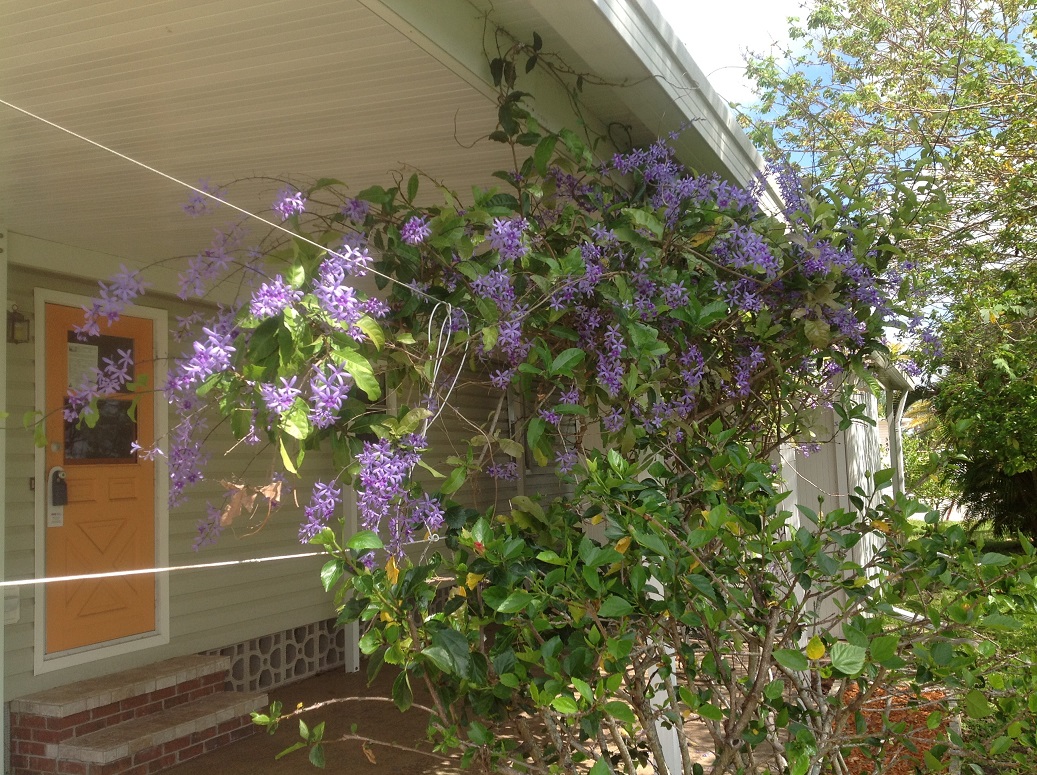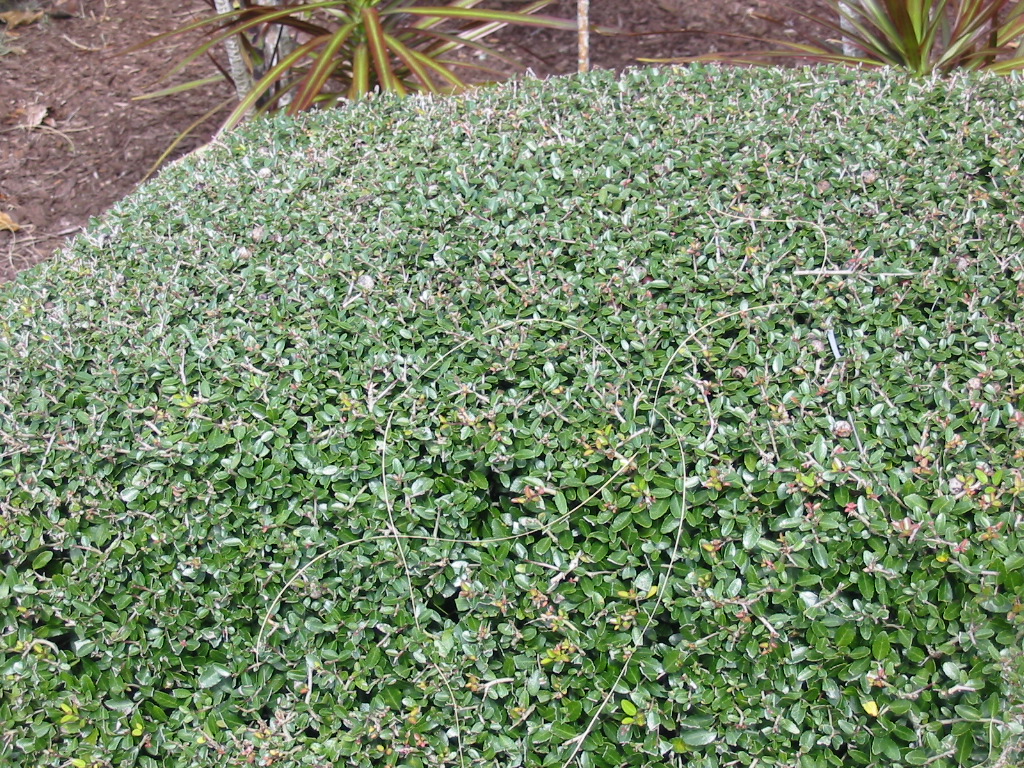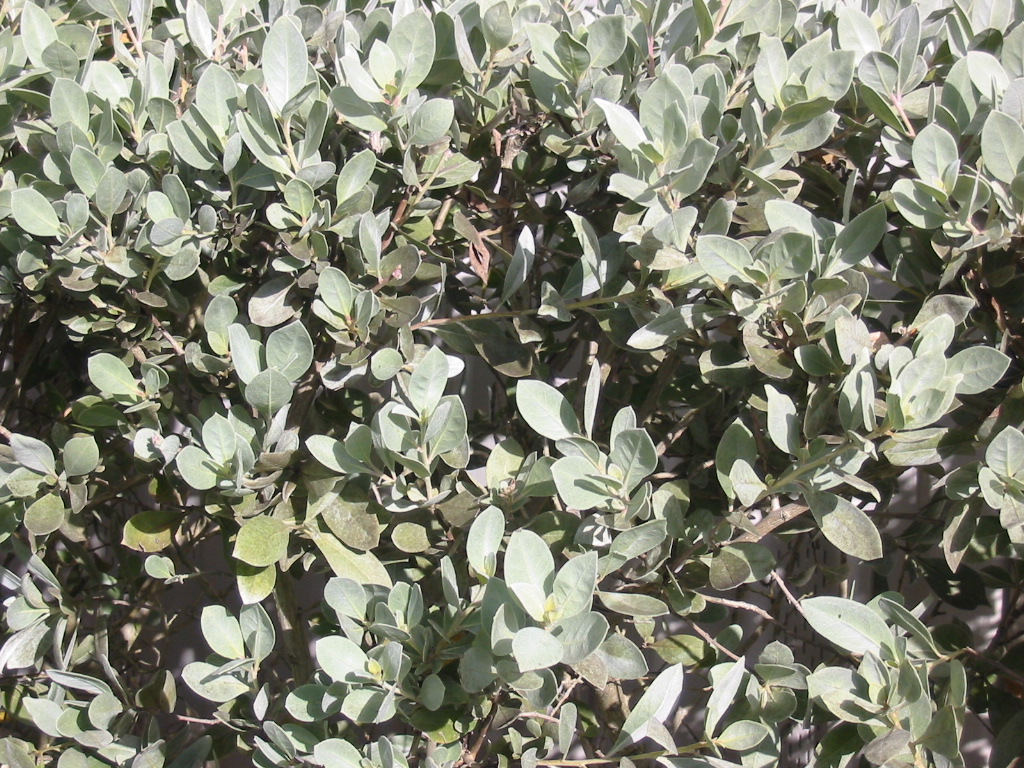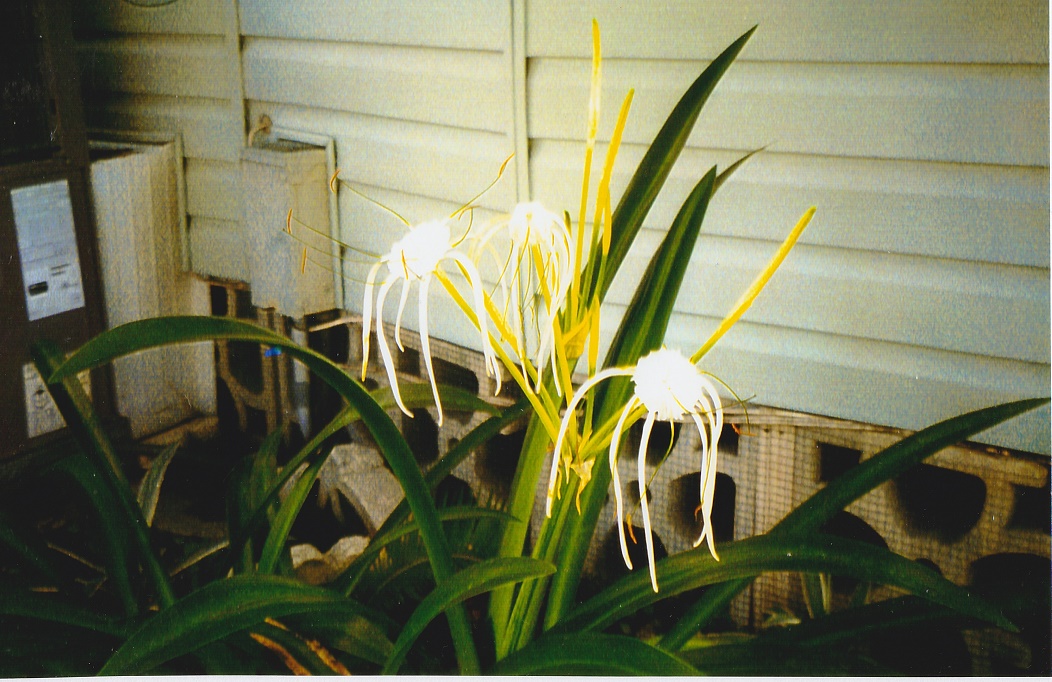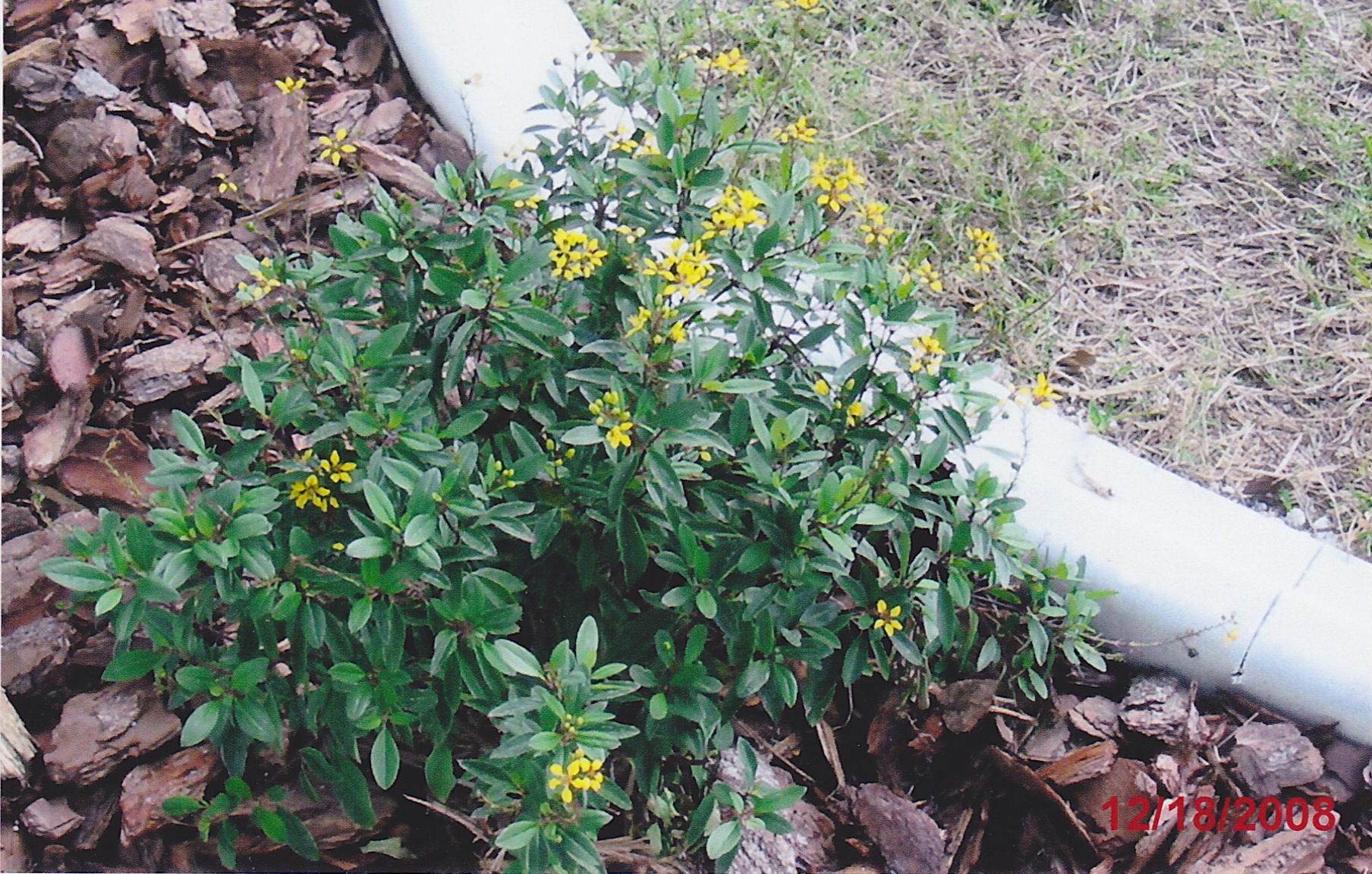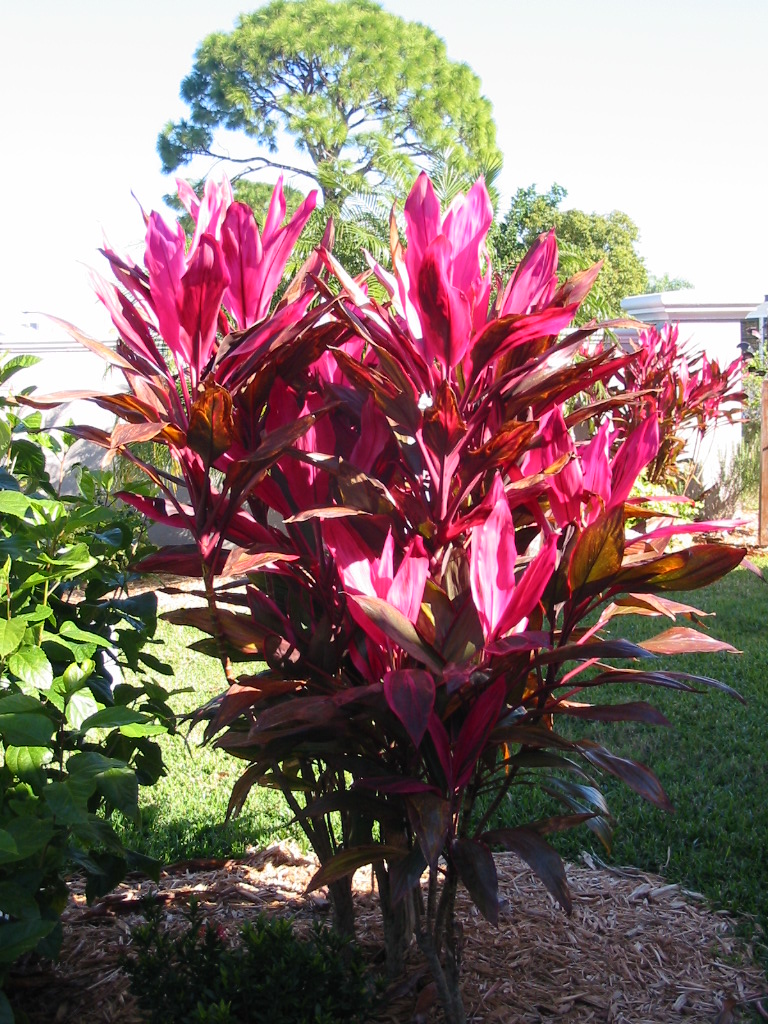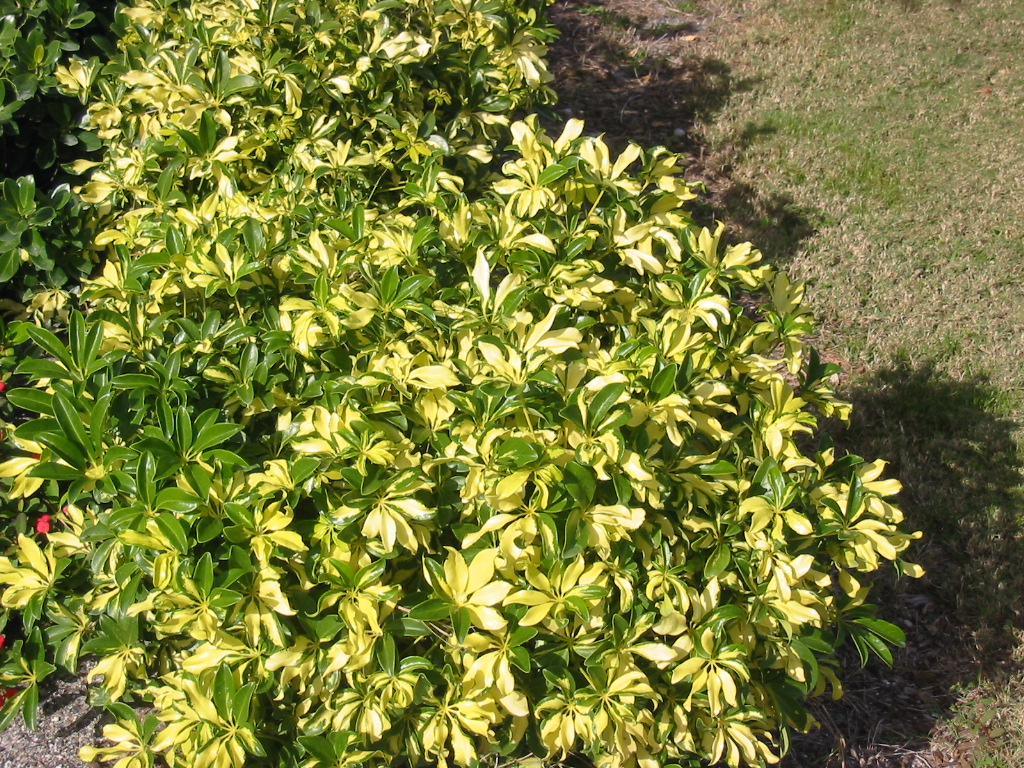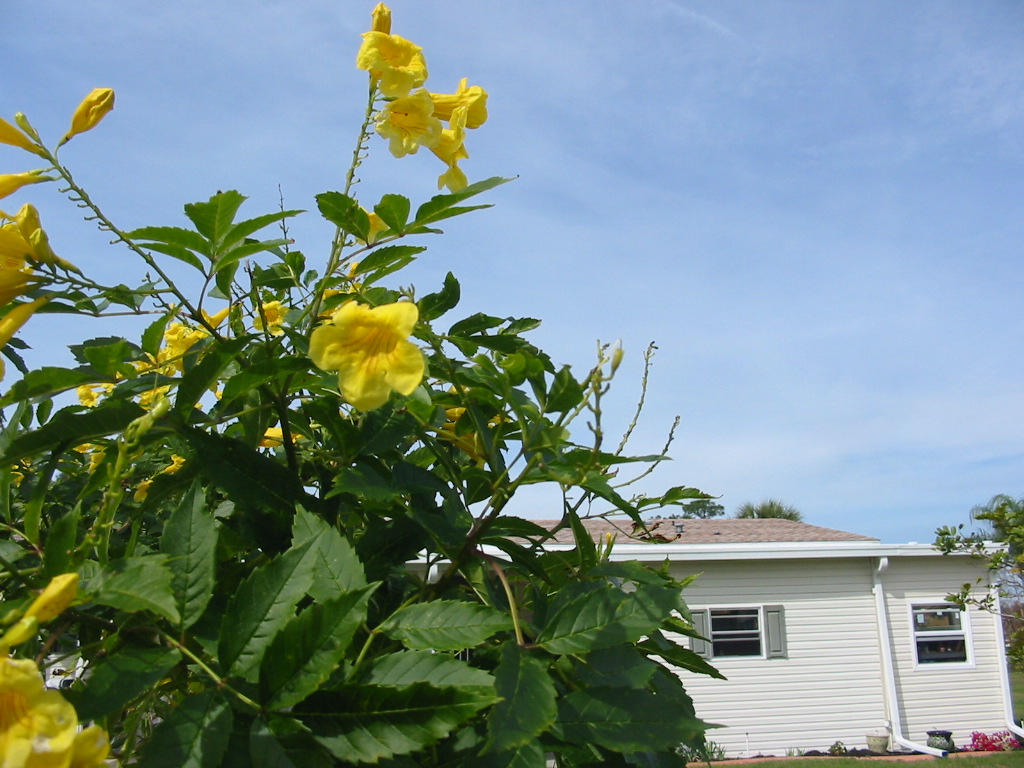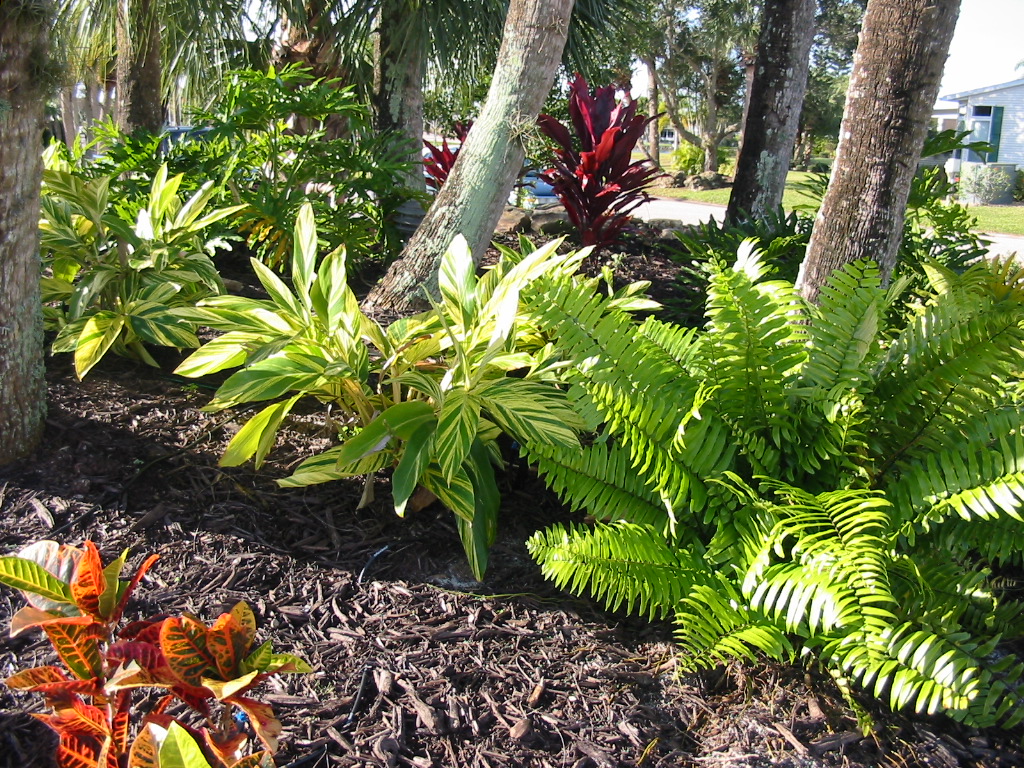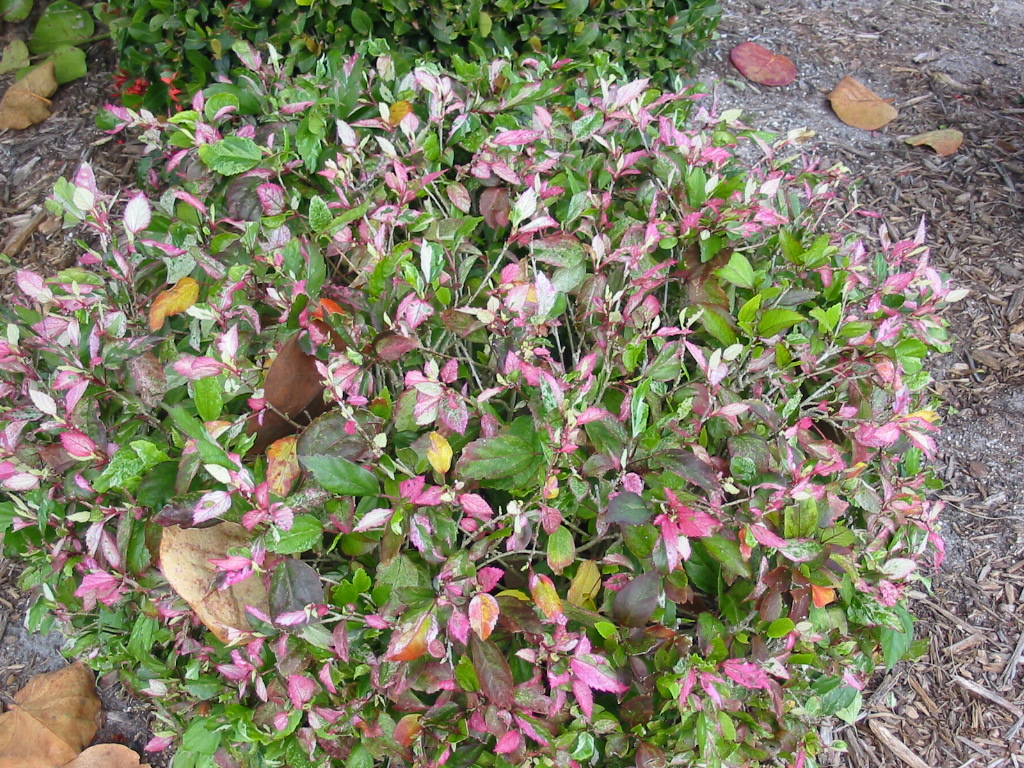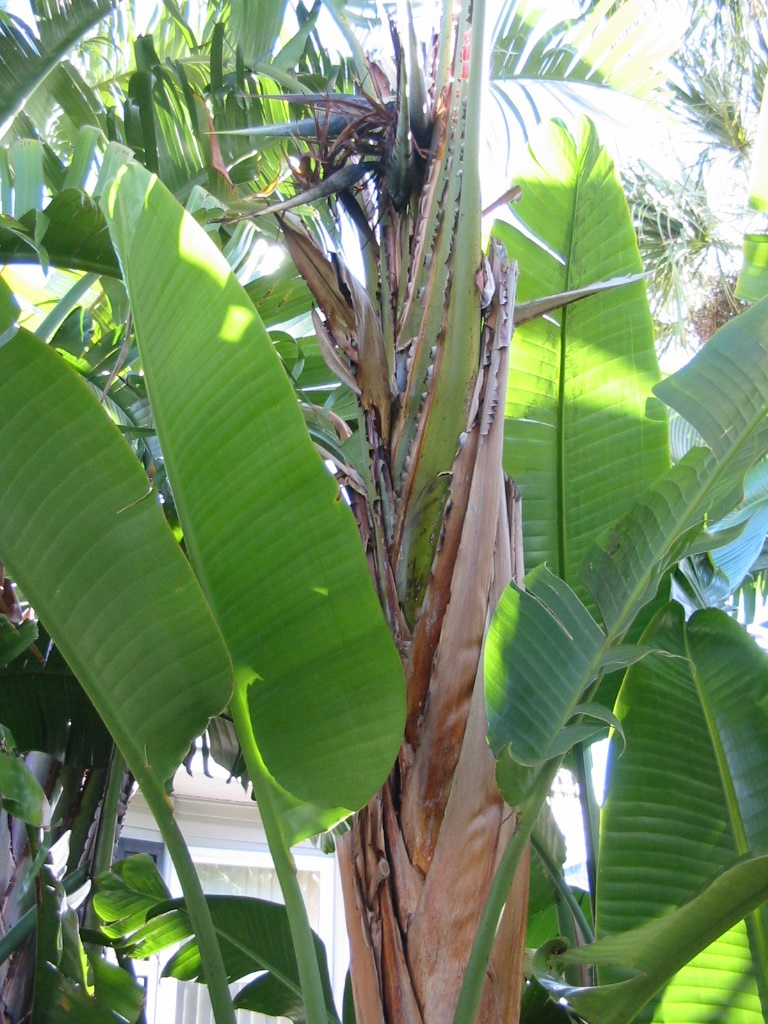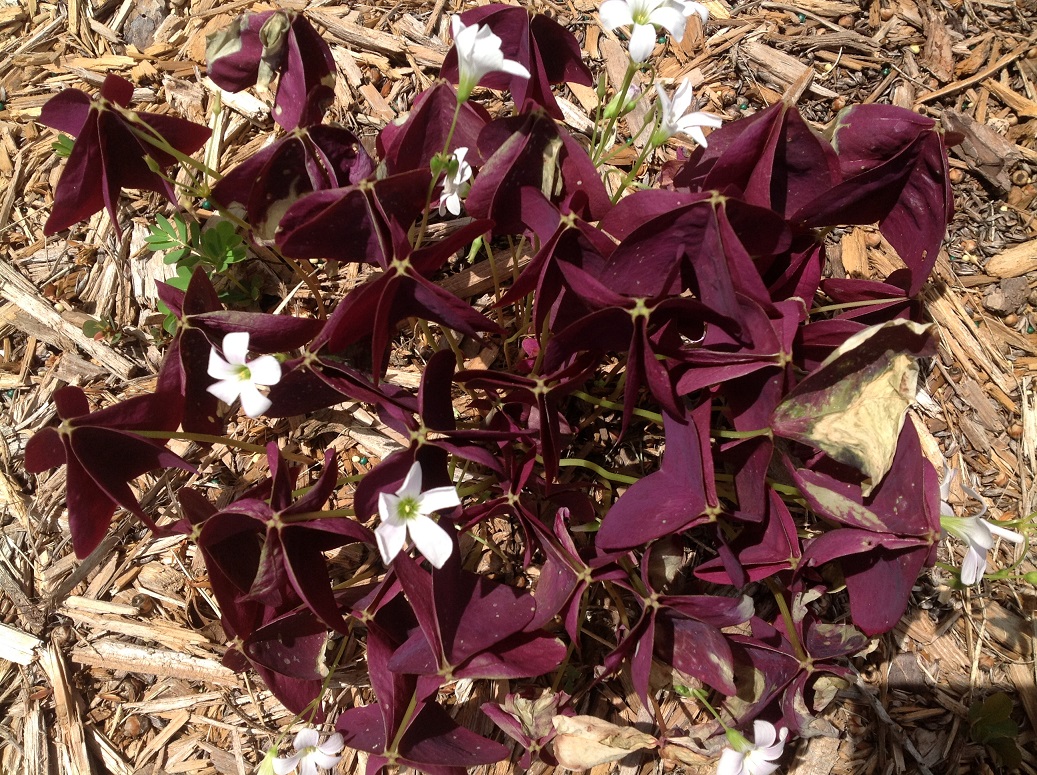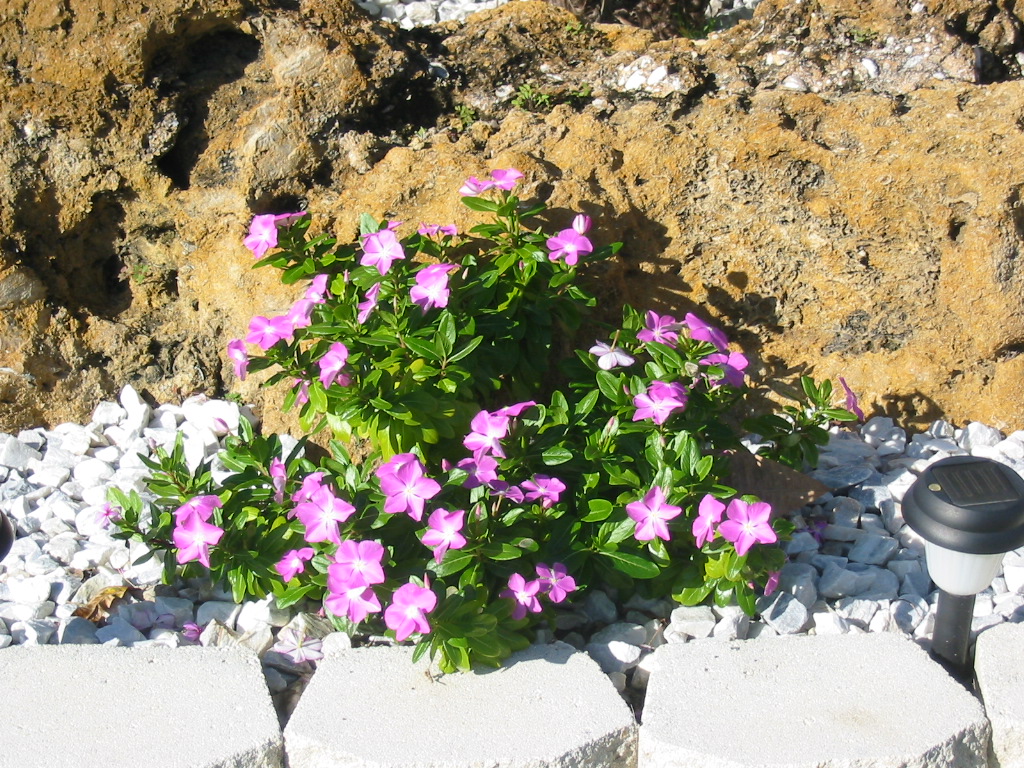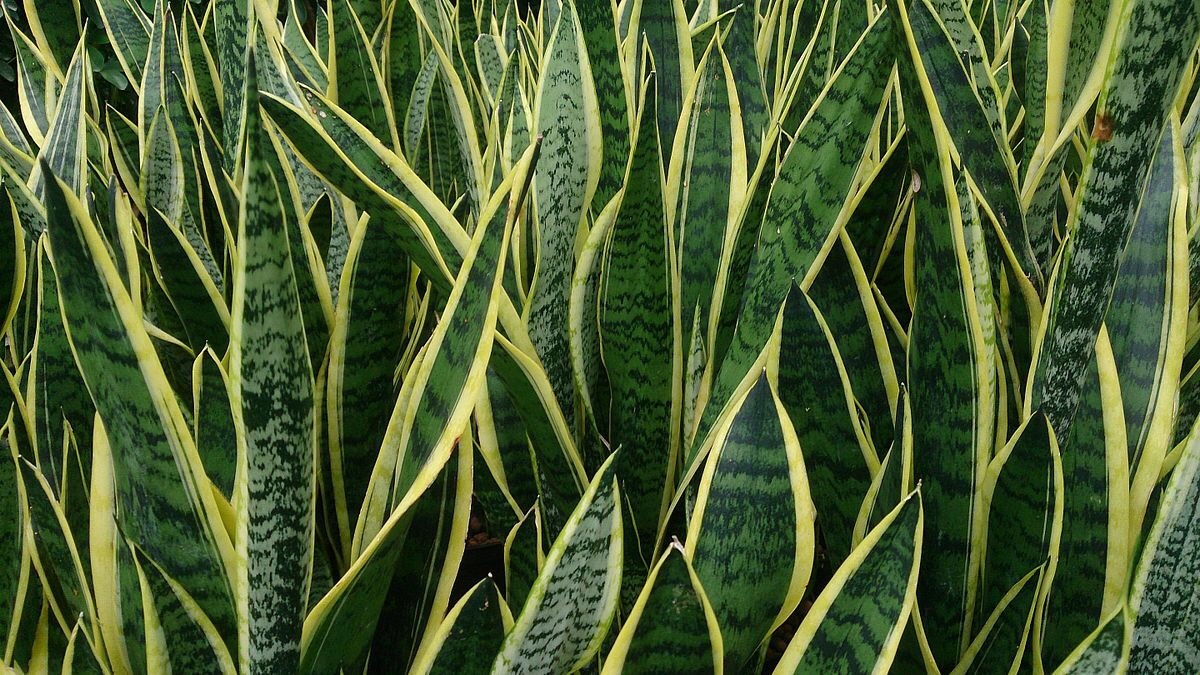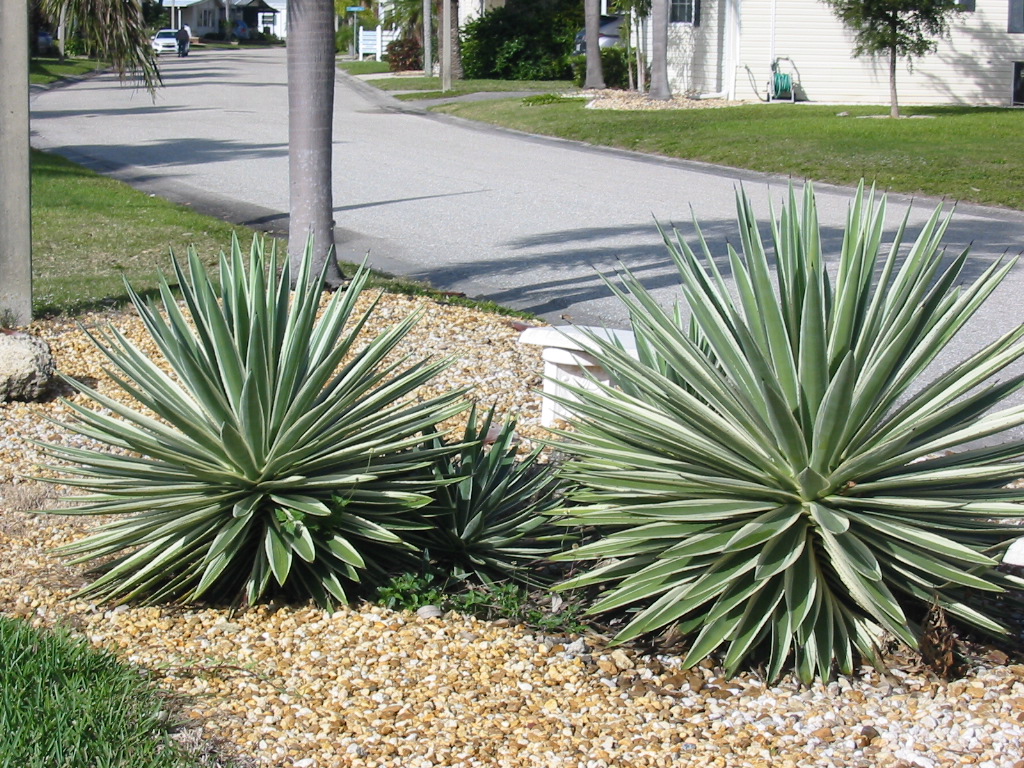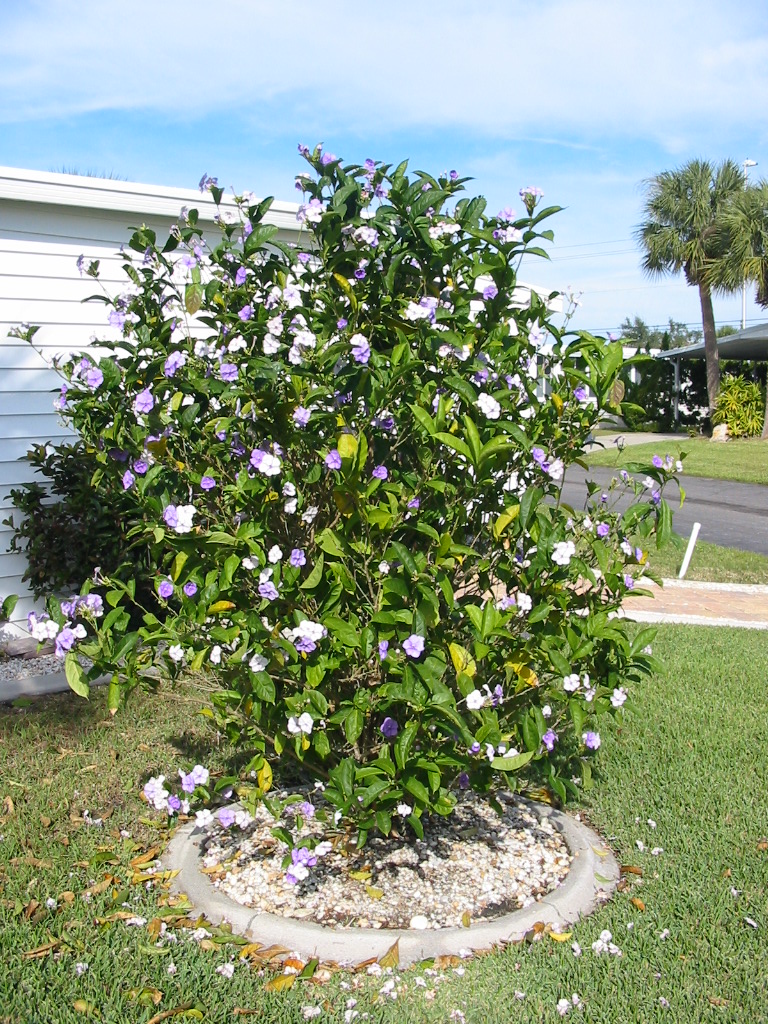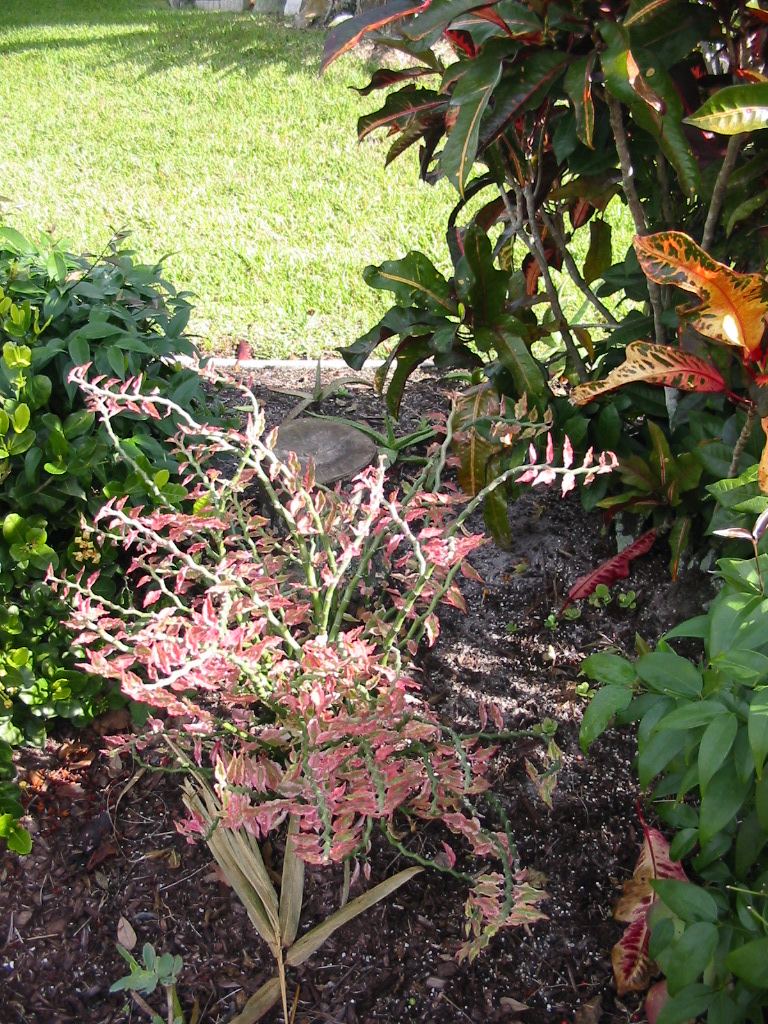Maple Leaf Golf and Country Club
A Resident Owned 55+ Community
Notification Count
Member Login Button
Member Logout
Fun fact of the day
there are only 3 words in the English language that start with the letters "EL".
Plants
Natural Resources Committee – Plants at Maple Leaf
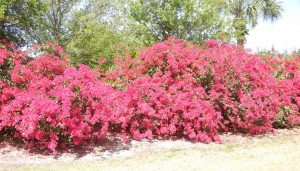 Plants
Plants
Planting Low-Maintenance Landscape Plants at MLGCC
Portions of text below extracted from Jody Haynes, John McLaughlin, Laura Vasquez, and Adrian Hunsberger
Maple Leaf Golf and Country Club (MLGCC), the Garden Club and the Natural Resources Committee strongly support and recommend the use of Florida friendly plants, trees and dwarf species. A publication (http://miami-dade.ifas.ufl.edu/fyn-publications/index.shtml) was developed in response to requests from participants in the Florida Yards & Neighborhoods (FYN) program for a list of recommended low-maintenance landscape plants suitable for south Florida. The publication lists over 350 low-maintenance plants. Information is included for each species: common name, scientific name, maximum size, growth rate (vines only), light preference, salt tolerance, and other useful characteristics. Supplemental information is also available from the FYN 2006 plant list. http://okeechobee.ifas.ufl.edu/FYNplantList06.pdf.
The term ‘low-maintenance’ refers to a plant that does not require frequent maintenance—such as regular watering, pruning, or spraying—to remain healthy and to maintain an acceptable aesthetic quality. A low-maintenance plant has low fertilizer requirements and few pest and disease problems. In addition, low-maintenance plants suitable for south Florida must also be adapted to, or at least tolerate, poor, alkaline, sand or limestone-based soils. An additional criterion is that the plant is not listed as being invasive by the Florida Exotic Pest Plant Council (FLEPPC, 2001), or restricted by any federal, state, or local laws (Burks, 2000).
It is important to note that even the most drought-tolerant plants require watering during the establishment period. Although this period varies among species and site conditions, some general rules for container-grown plants have been determined experimentally; they are as follows: 6 months for a 1-gallon plant; 1 year for a 3-gallon plant; and 6-12 months per inch of trunk diameter for larger trees.
Different plant types can be categorized according to their function or role in the landscape. A description of each category follows.
Perennials.
Perennials are typically herbaceous plants that live three or more years. They often bear attractive flowers, and many can be used as ground covers.
Annuals.
An annual is a plant that typically lives for one year or less—or is commonly treated as such in the landscape. Although most annuals require moist soil, a few are considered low-maintenance. In south Florida, many annuals are cool-season plants, and, thus, will not tolerate the heat and/or wet/humid conditions of summer.
Shrubs & Hedges.
A shrub is typically a woody plant with several stems. However, a wide variety of plants can function as shrubs. A hedge is simply a row of closely planted shrubs that form a border or boundary; hedges may require some pruning to maintain proper form or function.
Flowering & Shade Trees.
A tree is a woody plant that is usually very large (tall or wide or both) and usually bears a single trunk. Flowering trees are those that are cultivated primarily for their showy flowers, whereas shade trees often lack significant floral displays.
Cycads
Cycads are cone-bearing evergreen plants of the division Cycadophyta; they are often mistakenly considered palms. Ccycads included in the reference list are resistant to the cycad aulacaspis scale, which is a serious pest of cycads in the genus Cycas.
Ornamental Grasses.
Ornamental grasses typically grow in tuft-like clumps and bear numerous small flowers on tall stalks that rise above the blade-like leaves. Many are quite showy, and are welcome additions to a non-traditional landscape.
Groundcovers.
This category includes a diverse group of unrelated plants that are used to cover areas of ground for aesthetic purposes (e.g., in shady areas where grass will not grow). Groundcovers also function to stabilize soil, or to provide focal points at the front of planting beds. Generally planted in dense stands, groundcovers can be vines, small shrubs, annuals, perennials, or grasses.
Vines.
Vines are weak-stemmed plants that derive their support from climbing, twining, or creeping along a surface. Although most people think of vines as climbing vertically, a few species also grow horizontally and can function as groundcovers. Some vines have aggressive growth habits, so they need to be watched carefully to prevent them from growing out of control.
Ephipytes.
Epiphytes are plants that grow on other plants (e.g., trees) or objects (e.g., rocks and boulders) for support or anchorage, but not for water or nutrients. This category includes orchids, ferns, bromeliads, and some cacti.
Herbs & Vegetables.
Herbs are plants whose leaves, stems, or roots are used as flavoring in food or as non-traditional medicines, while vegetables are plants that produce edible parts (roots, stems, leaves, or fruit) that are grown for food. Although not included in most landscapes, some herbs and vegetables have ornamental value.
Helpful Hints: Right Plant and Right Place
Putting the right plant in the right place is of foremost importance in creating a healthy and successful low-maintenance landscape. However, this principle is dependent upon one’s ability to accurately select the ‘right’ plant species for a given location. Common names are often misleading, and sometimes more than one plant species may be referred to by the same or similar common name. Therefore, whenever possible, it is best to refer to scientific names when researching and selecting plants. Here are a number of reasons to why you should properly place low maintenance plants in your ‘Florida Landscape’.
· Reduces the need for water, fertilizer and pesticides.
· Group plantings according to water needs (e.g., group drought-tolerant plants with low-water needs apart from lawn areas) improves plant survival and conserves water.
· MLGCC regulations specify how much grass is required. Ground covers, shrubs, mulch, or other porous surfaces around house perimeters improves appearance and protects siding from trimmer damage.
· Use of trees and shrubs to shade the air conditioner compressor and the eastern and western walls of your home saves on energy costs.
· Help stop the spread of invasive exotic plants by removing them from your yard (for example, Brazilian pepper, melaleuca, Australian pine, and Chinese tallow).
· Plants that require less pruning when they reach maturity and dwarf varieties reduce yard waste.
· Preserving and using native plants, especially trees, when building on a new site satisfies Charlotte County compliance requirement for a Certificate of Occupancy.
Common Mistakes in Landscape Plantings
Extracted from “Landscape Design” by Greg Davis, Ph.D.
Mistakes |
Solutions |
Over-planting: Small trees and shrubs are often planted too close together to get a “full” look. The result several years later is a crowded landscape. Plants must be removed or drastically pruned to reduce competition. |
Resist the temptation to have an “instant landscape.” Know the mature size of plants and give them room – and time – to grow. |
Lawn areas are cluttered with trees and shrubs. Plants scattered throughout the lawn appear disorganized. They also create maintenance problems in terms of mowing, raking, and giving plants the amount of water they need. |
Group shrubs and trees in mulched plant beds bordering the lawn. |
Shrubs around the home are too tall. When plants grow too tall they cover windows and no longer enhance the home’s appearance. We usually try to compensate for this “misplanting” by shearing to control the plant size. This constant shearing weakens and disfigures shrubs. It also creates extra work and yard wastes. |
Select foundation plants with an ultimate (mature) size that fits their location. Instead of shearing shrubs, selectively clip stray shoots to keep the plant neat and full. Use dwarf varieties. |
Plants are planted too close to the house. Plants too close to the house have an unattractive “cramped” look. They also create a maintenance nightmare when it’s time to repair or paint the house. |
Foundation or corner shrubs should be planted half their mature width plus one foot away from the wall. Therefore, a shrub that will grow to be five feet wide should be planted 3 1/2 (2 1/2 + 1) feet away from the house. |
Bright colors are scattered throughout the yard. Brightly colored foliage, flowers, or fruit attract attention. When brilliant color is scattered along the foundation or elsewhere around the yard, it confuses and may overwhelm the viewer. |
Concentrate color where accent is desired. The goal is to attract attention to focal areas of the house |
DOCUMENTS
include some documents
Reference Material
-
South Florida – Plant Guide
http://www.south-florida-plant-guide.com/small-palm-trees.html -
Landscaping in the Shade http://gardeningsolutions.ifas.ufl.edu/giam/plants_and_grasses/houseplants_foliage/perennials_shade.html
-
Photos of Cacti
Gallery of Succulent Plants – illustrated on The Succulent Plant Page -
Florida Friendly Landscaping
http://floridayards.org/fyplants/
Our Gallery
- African daisy
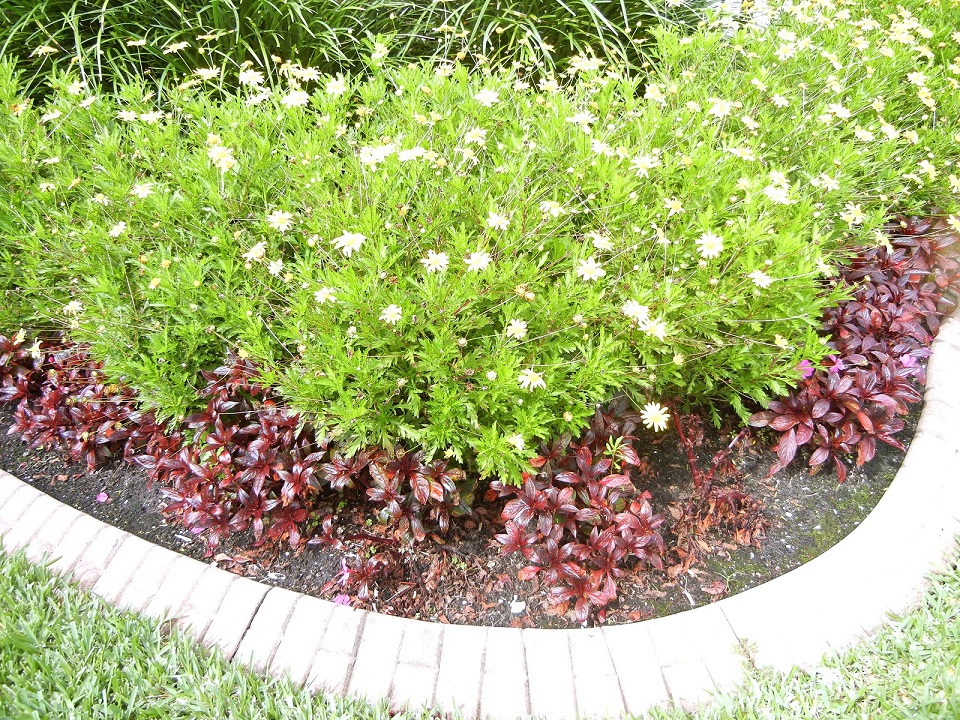
- African white iris

- Agave Cactus

- Agave Americana

- Allamanda

- Azalea 2

- Aztec grass

- Bird of Paradise

- Bougainvilla bush

- Bougainvillea hedge

- Bromiliad

- Canna

- Columar Cactus

- Copperleaf

- Crinum Lilly

- Croton bush

- Crotons

- Crown of thorns

- Desert rose 2

- Drift Rose

- Elephant Ear Plant

- Firecracker plant

- Flax Lily

- Florida Columnar Cactus

- French Penny aka Frangipani

- Gardenia

- Green Island Ficus

- Grey Owl Juniper

- Hibiscus 2

- Hibiscus tree aka Standard Hibiscus

- Honeysuckle

- Impatients

- Indian hawthorn

- Ixora

- Jatropha

- Lantana

- Liriope

- Mandevilla

- Mandevilla Vine

- Mexican Petunia – 2

- Minature crown of thorns

- Muhly grass

- Oleander

- Oyster plant

- Peace Lilly

- Philodenron selloum hedge

- Plumbago

- Podocarpus hedge

- Red Ginger

- Sandpiper Vine

- Schillling holly

- Silver Buttonwood

- Spider Lilly

- Starburst hydrangia

- Texas Sage

- Thyrallis

- Ti-Florida Red

- Variegated Aboricola hedge

- Variegated Aboricola

- Variegated allamanda

- Variegated Ginger

- Variegated hibiscus

- Wild Bird of Paradise 002

- Wood sorrel

- Vinca (Periwinkle- poisinous)

- Vipers bowstring hemp

- Yucca

- Yesterday-Today-Tommorrow

- Zig zag plant

